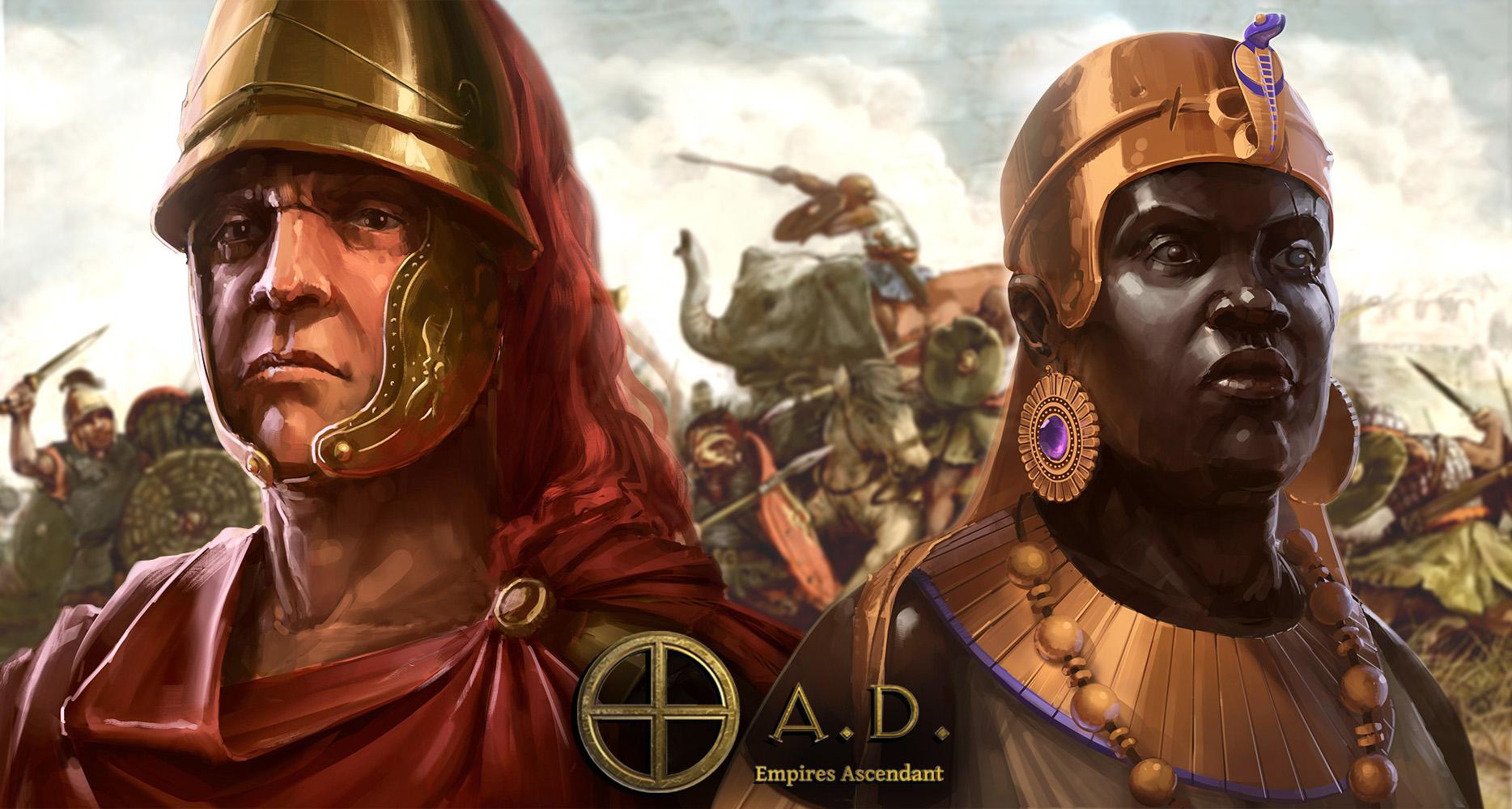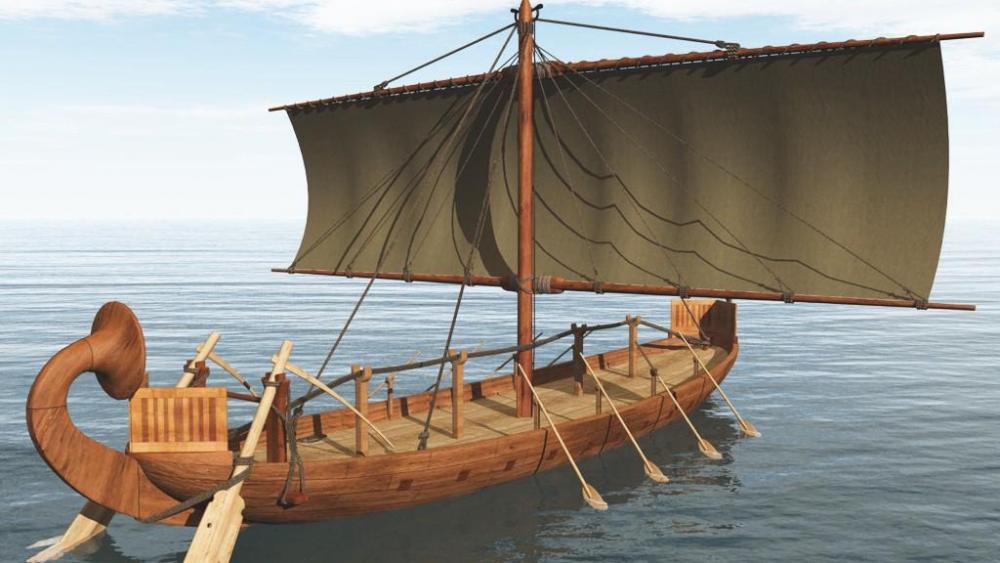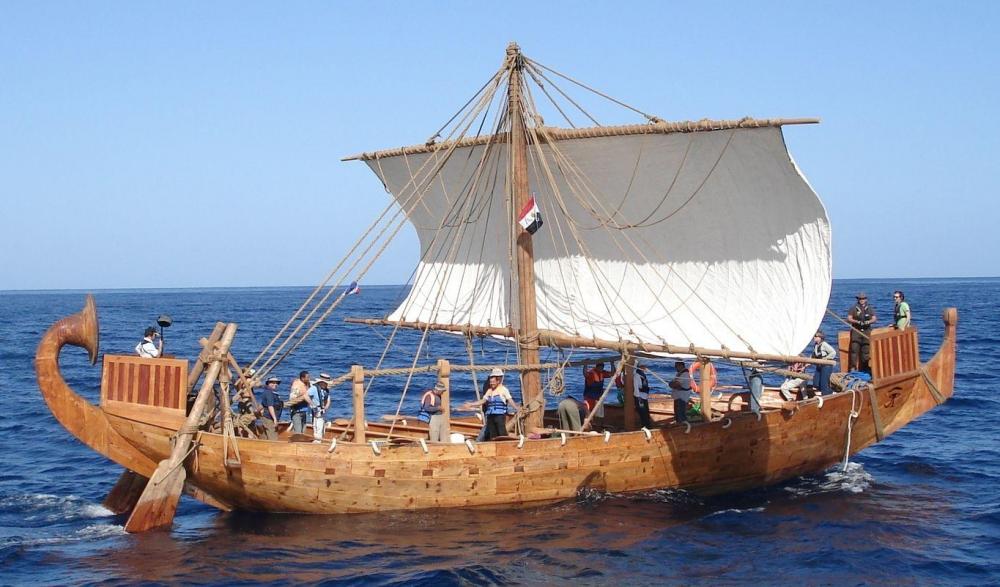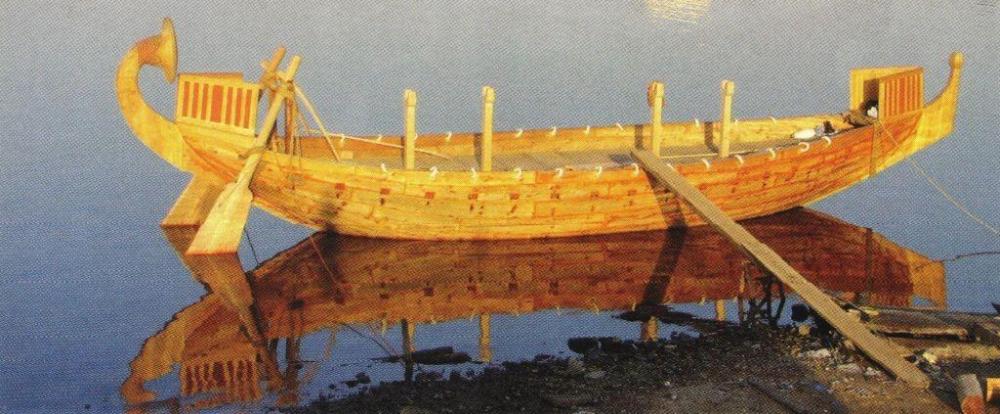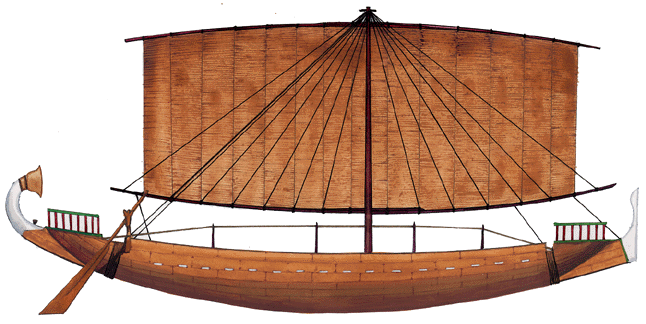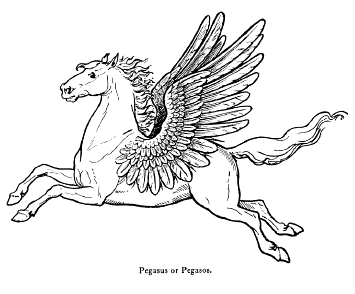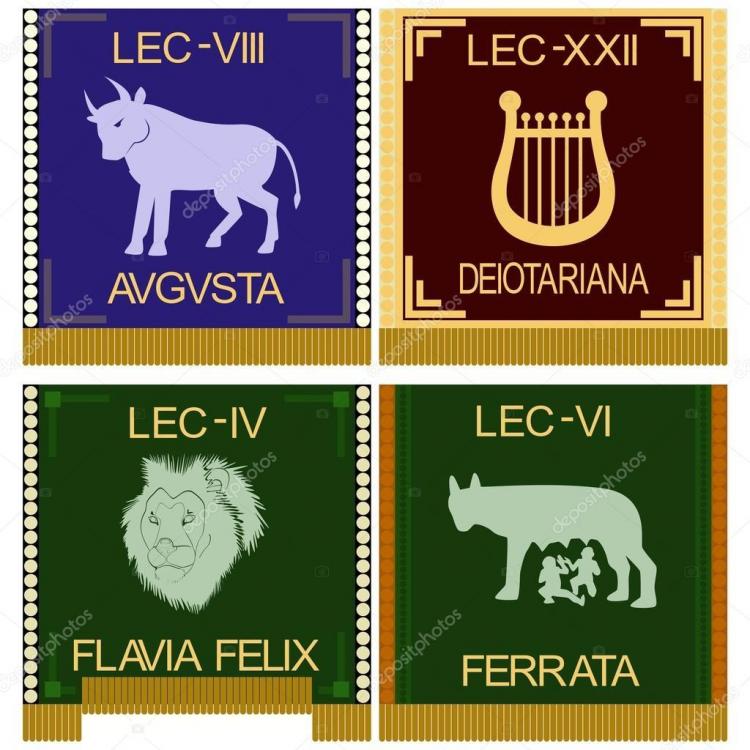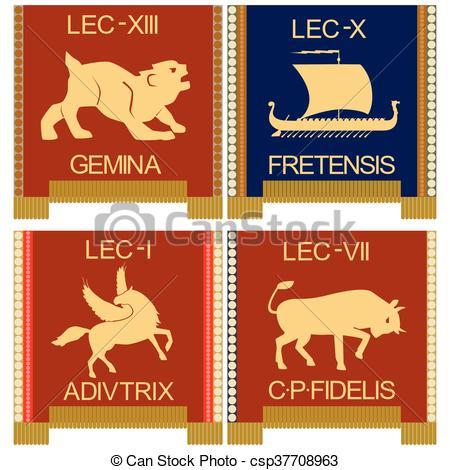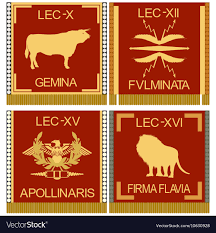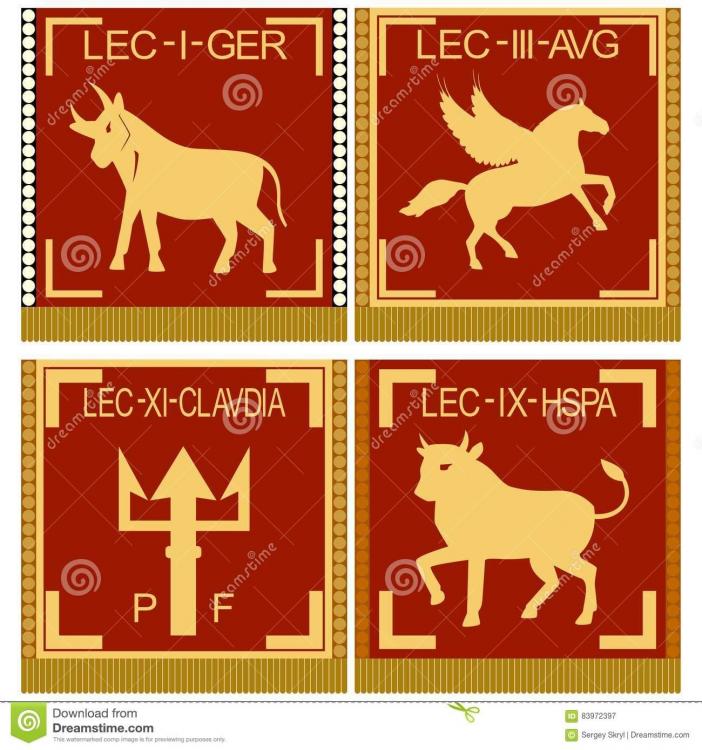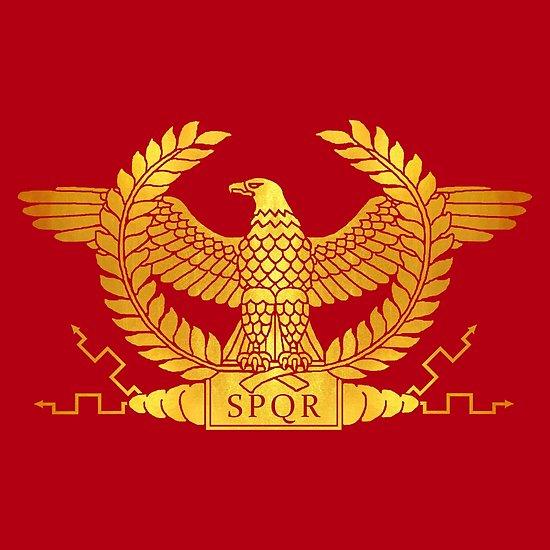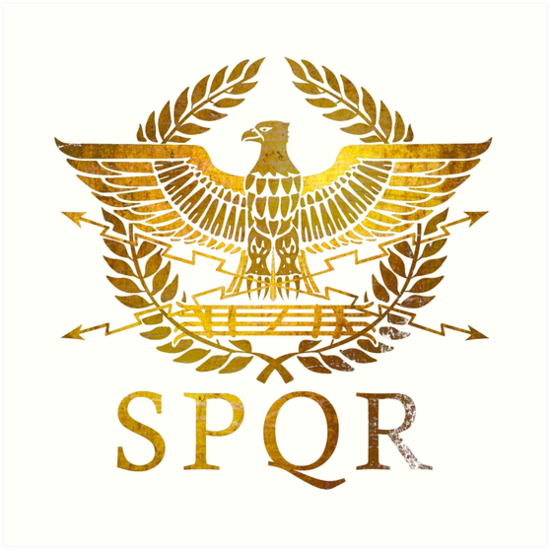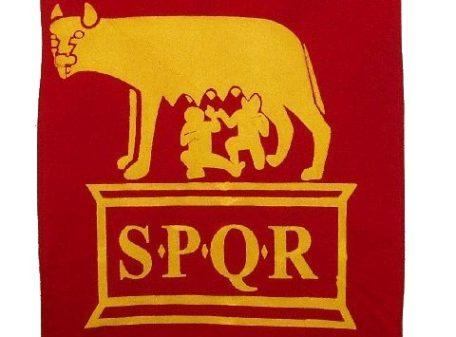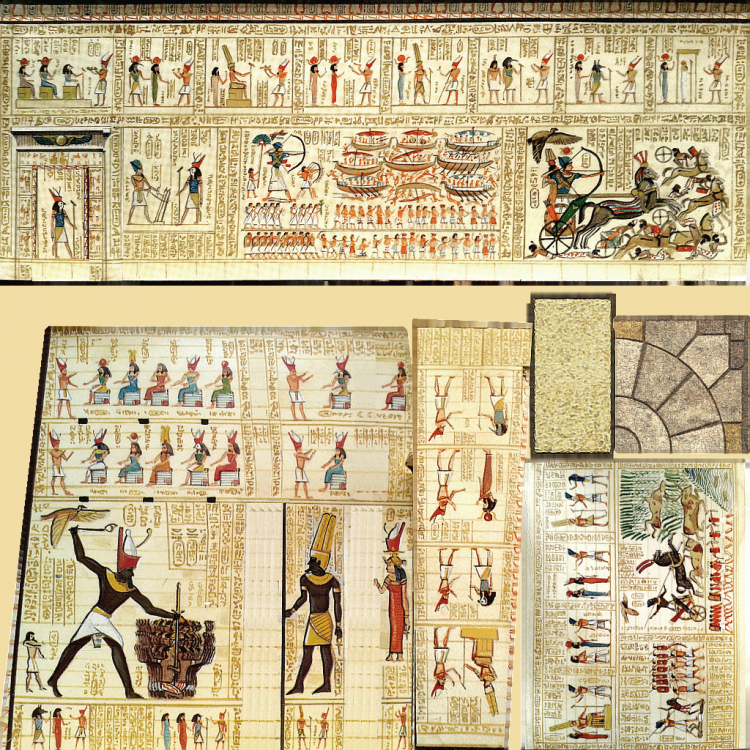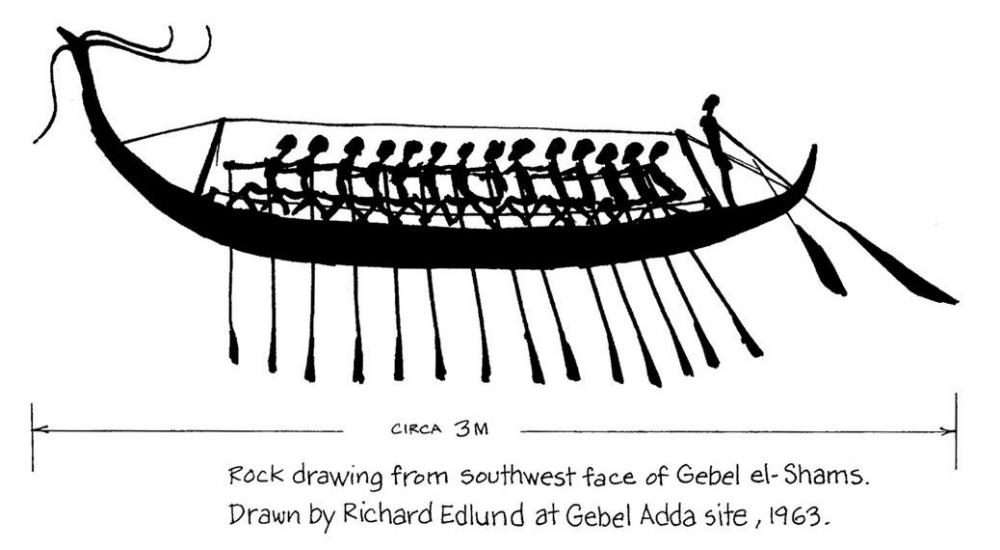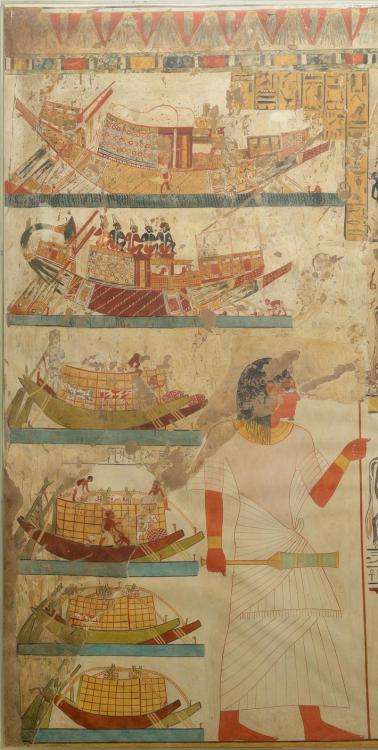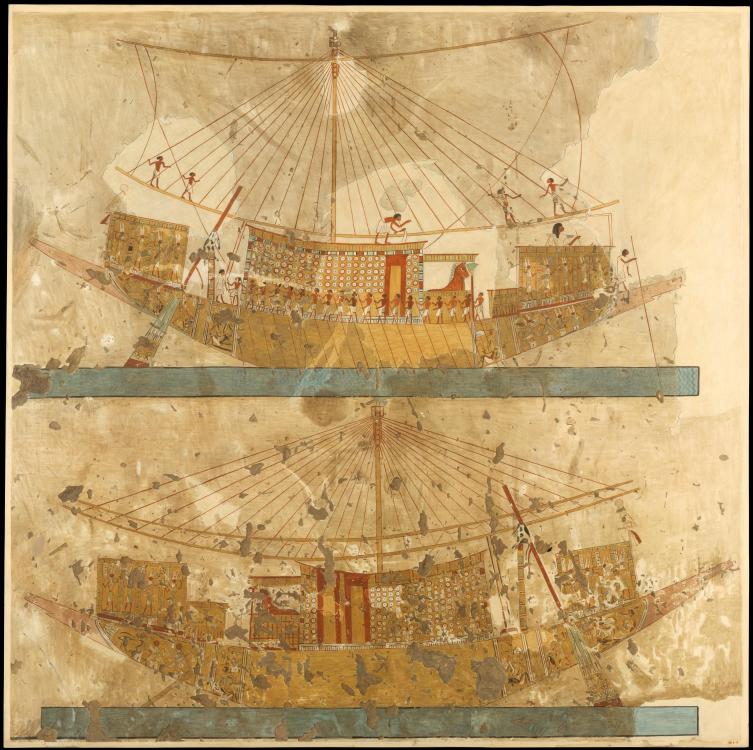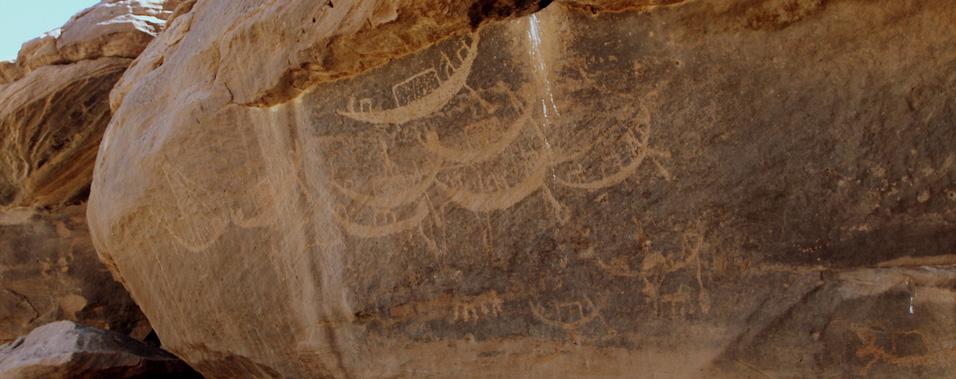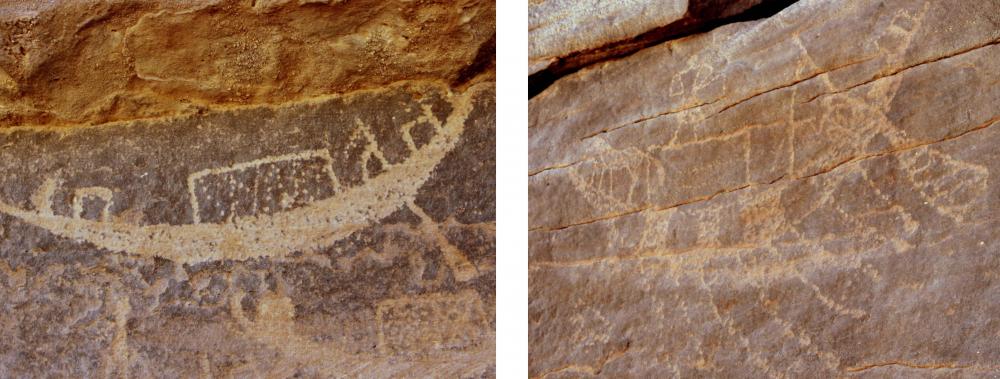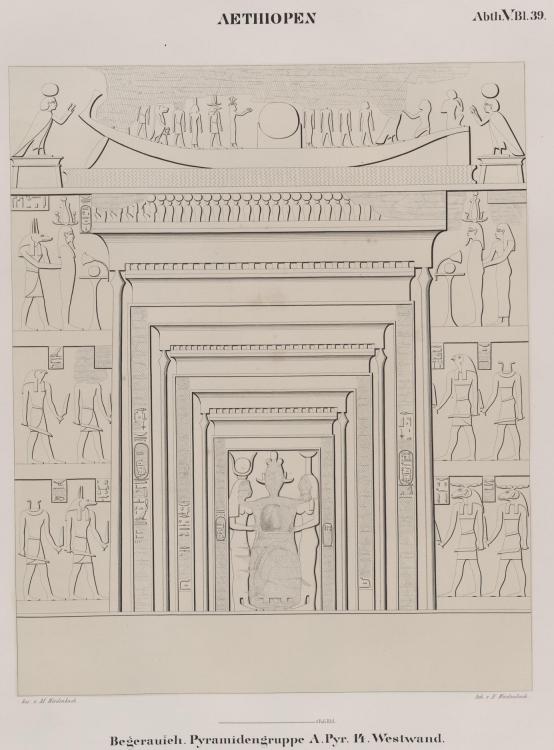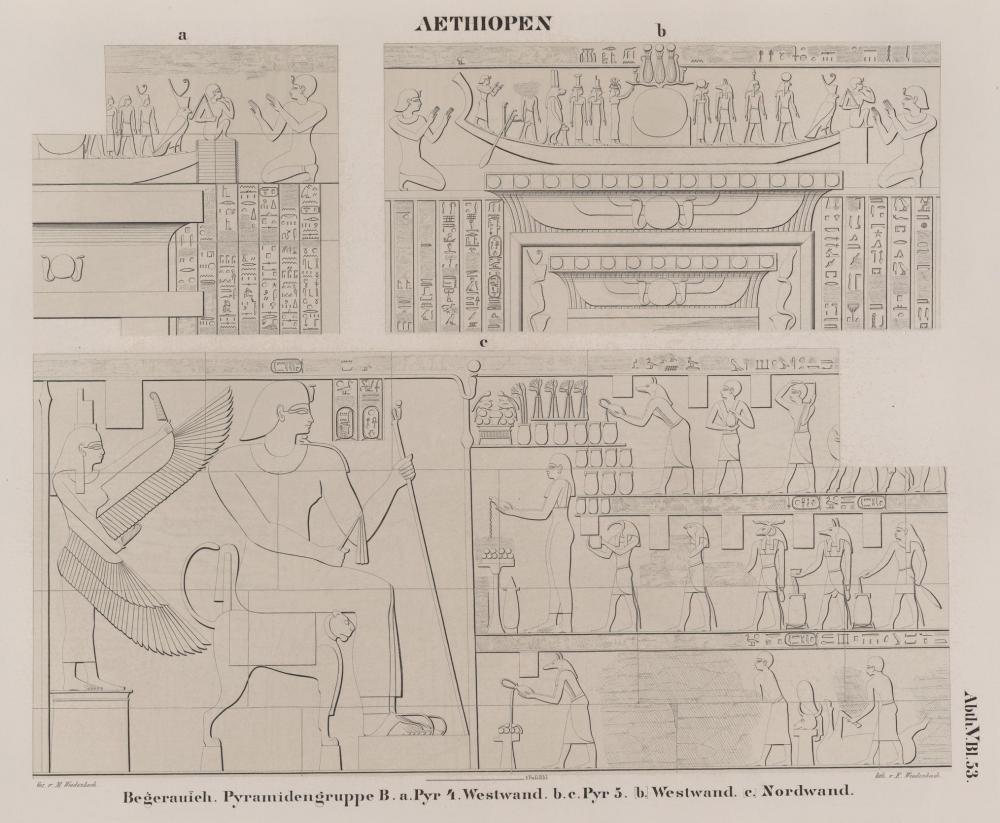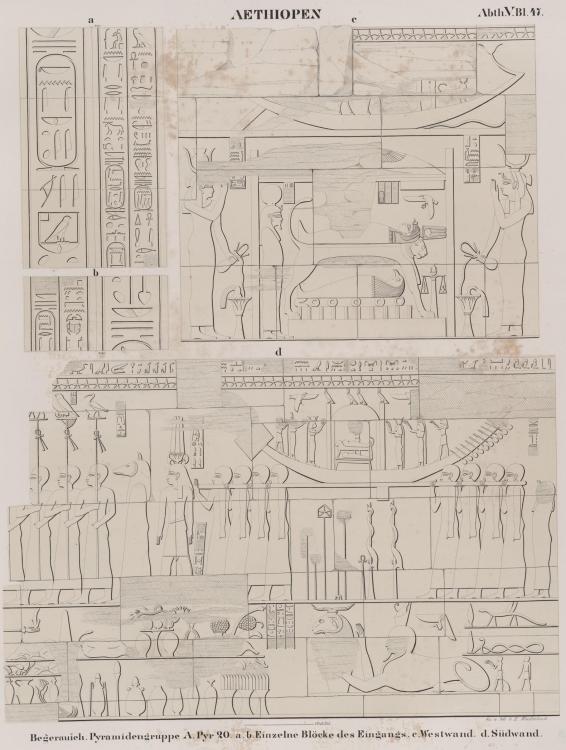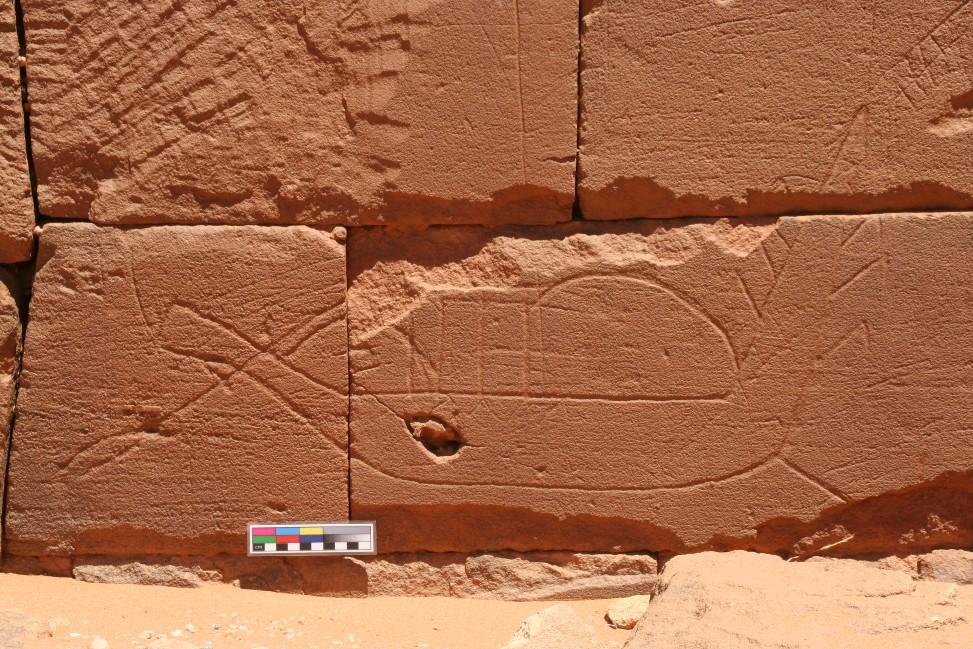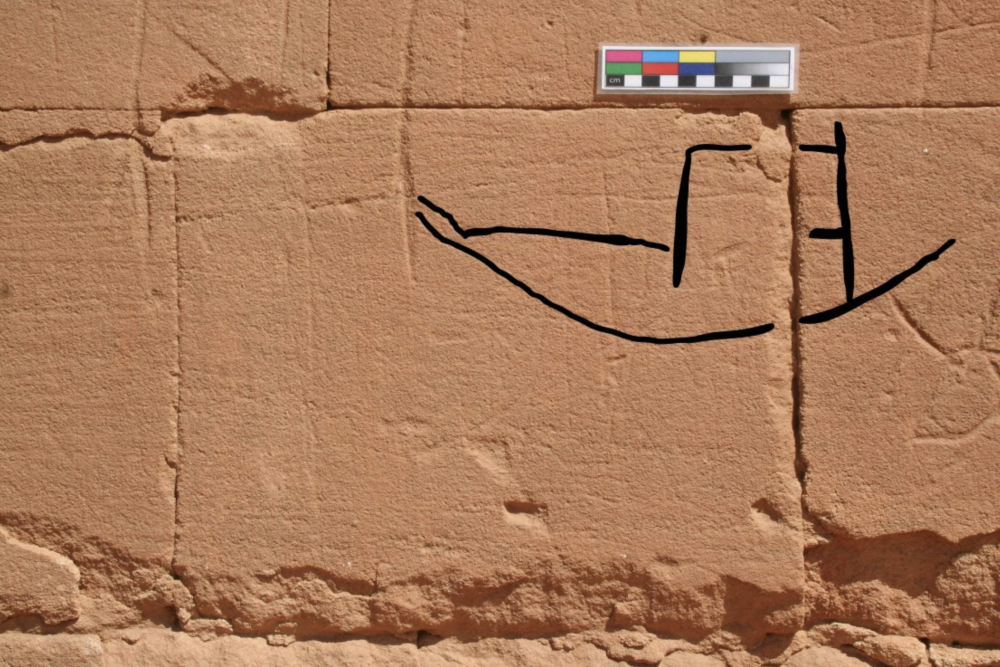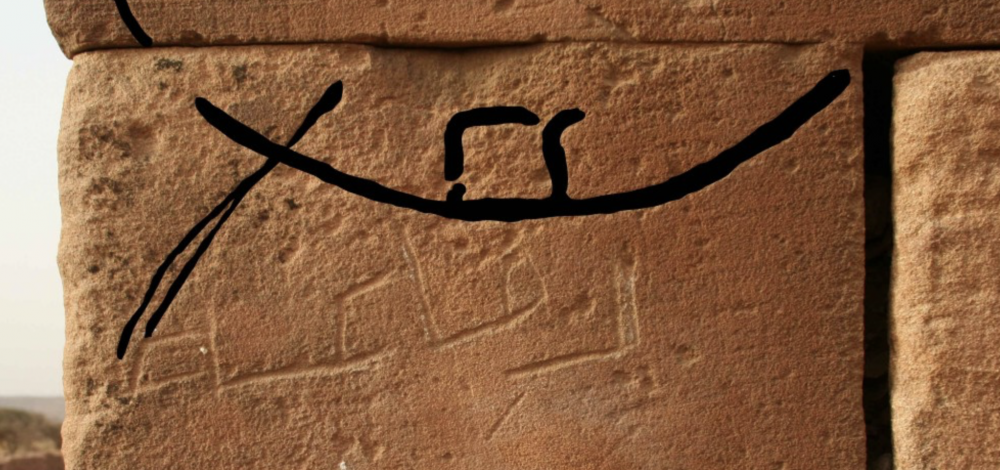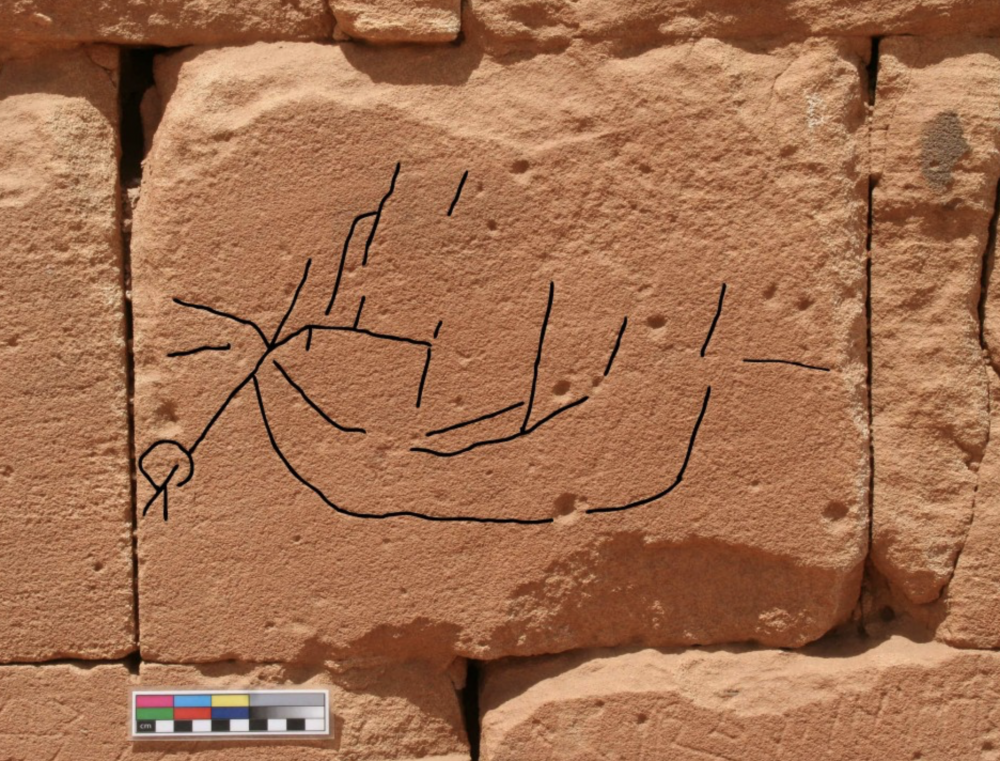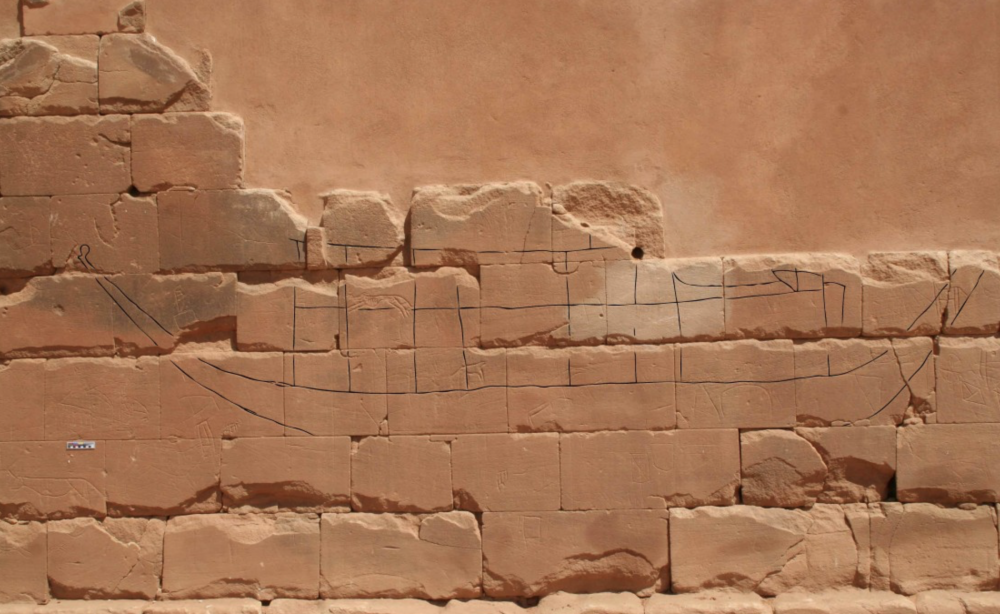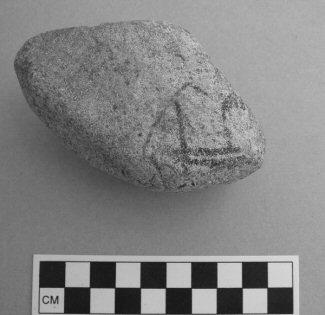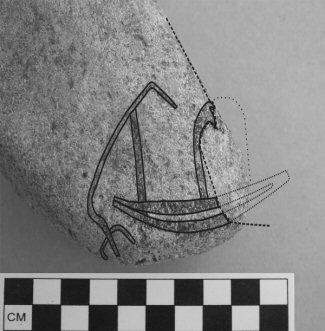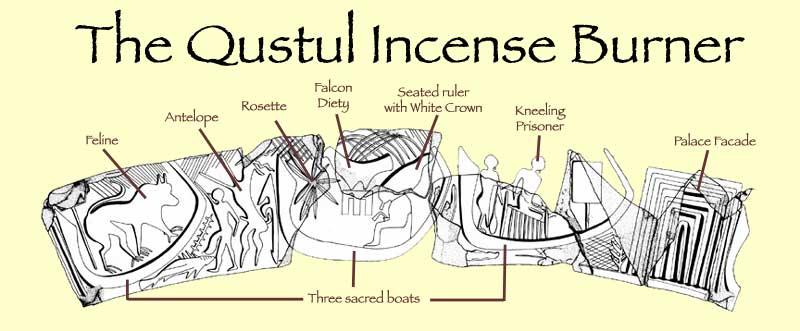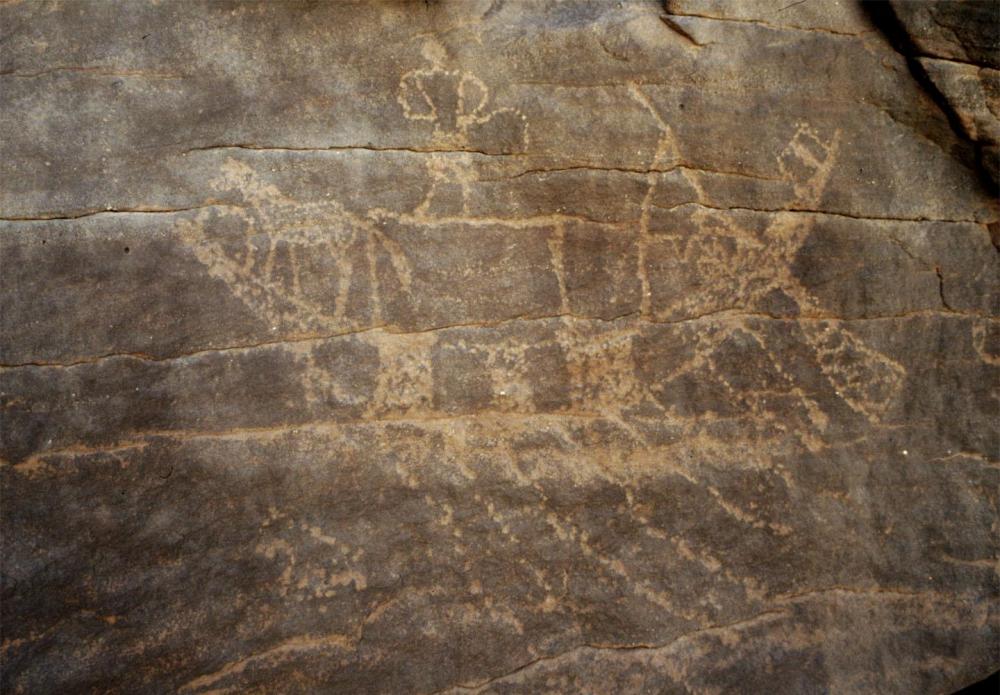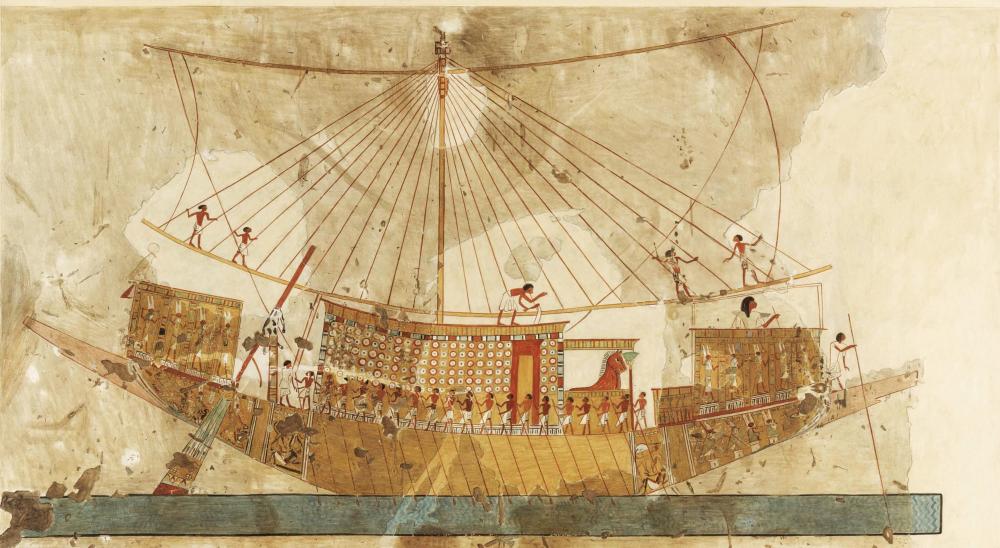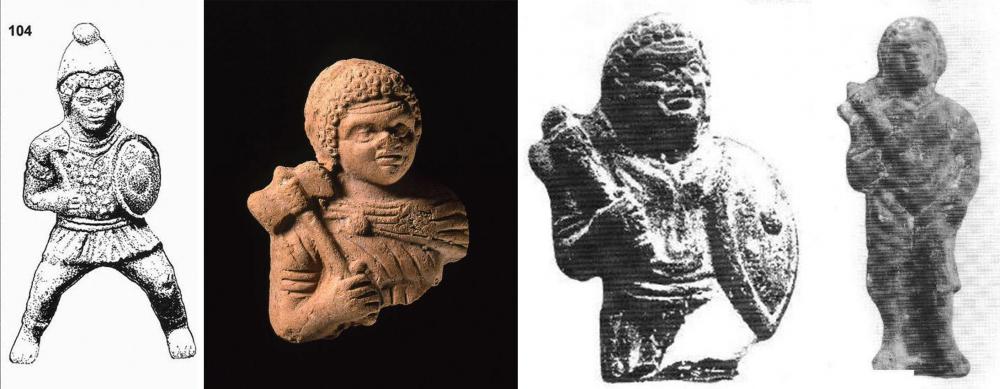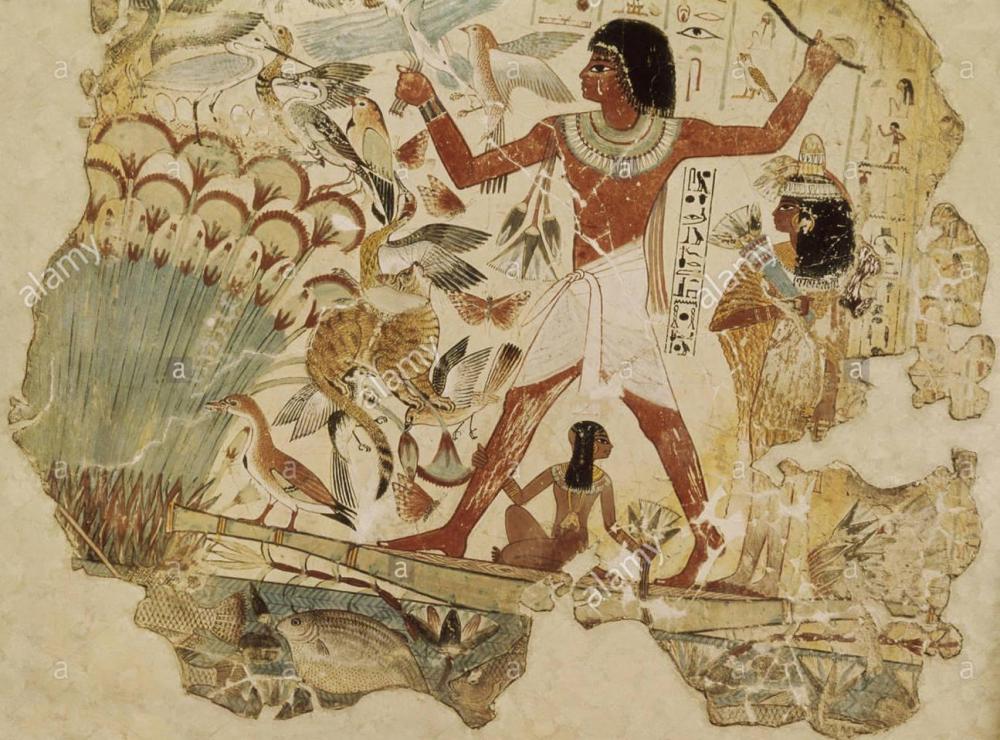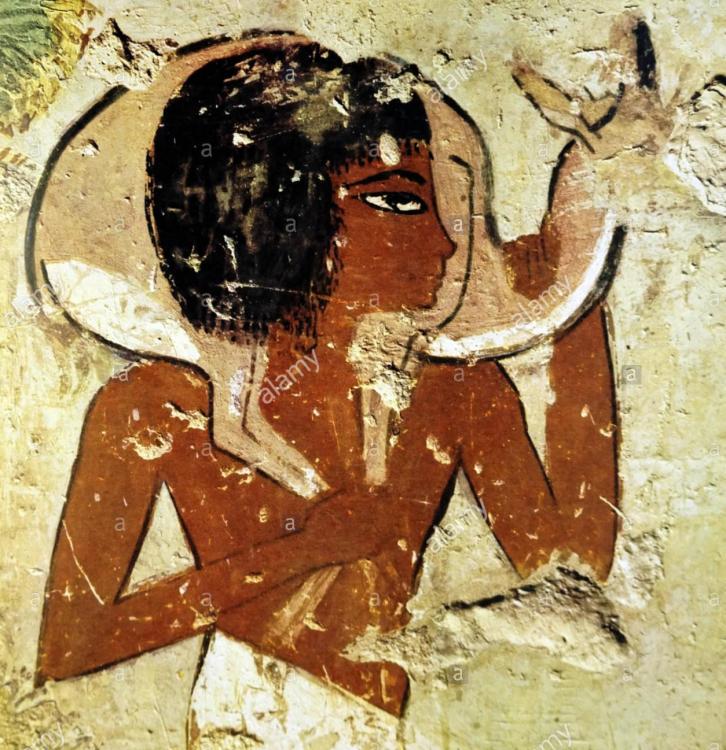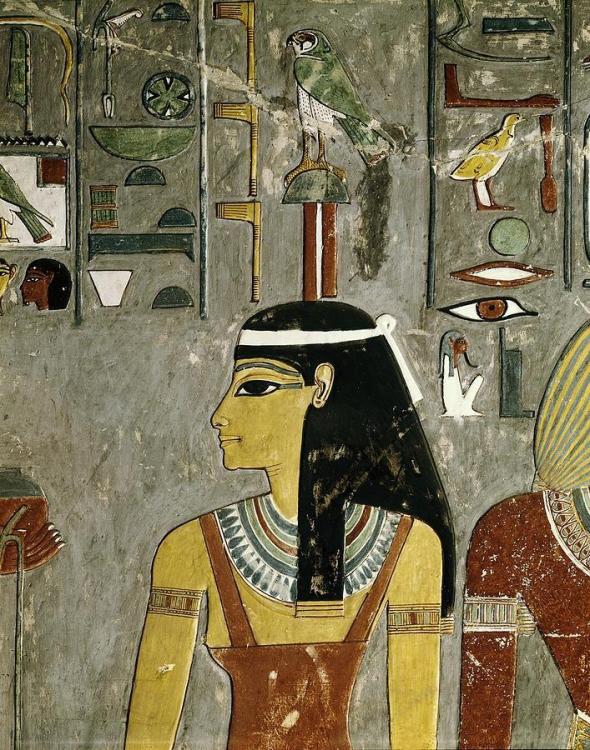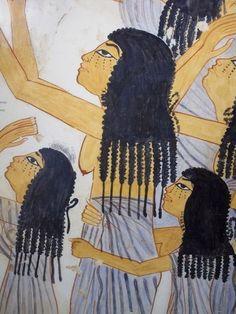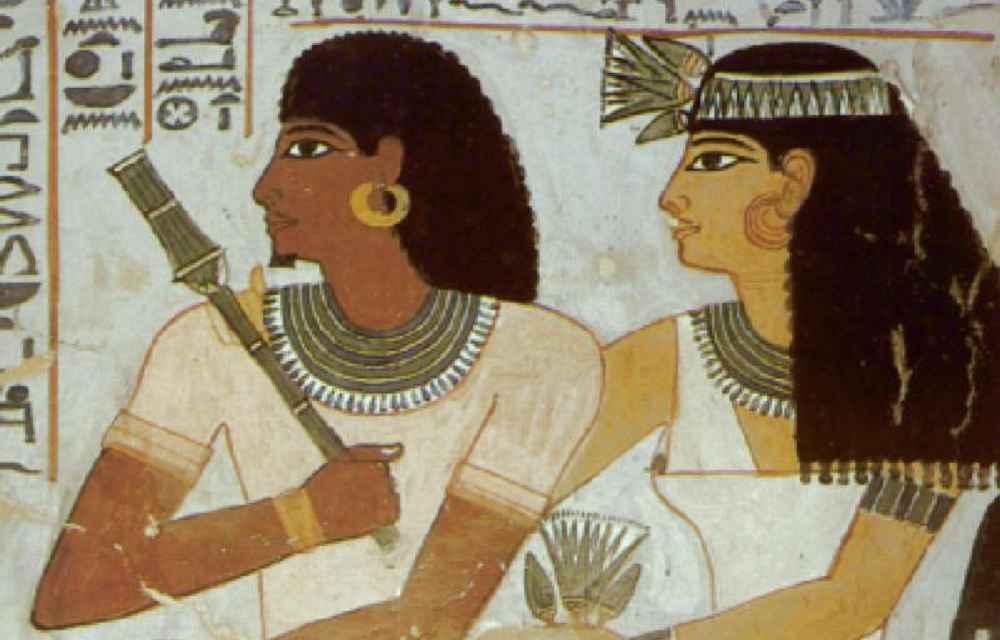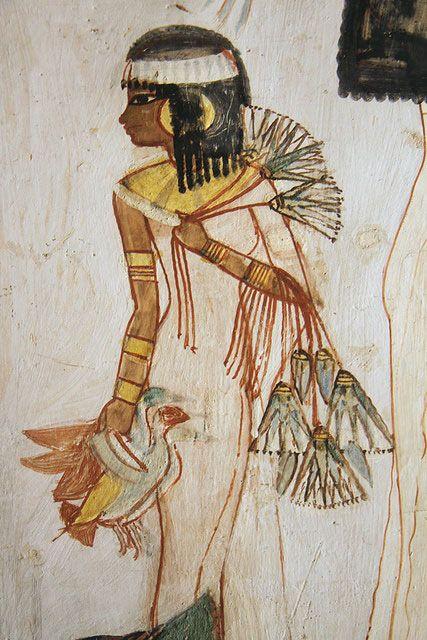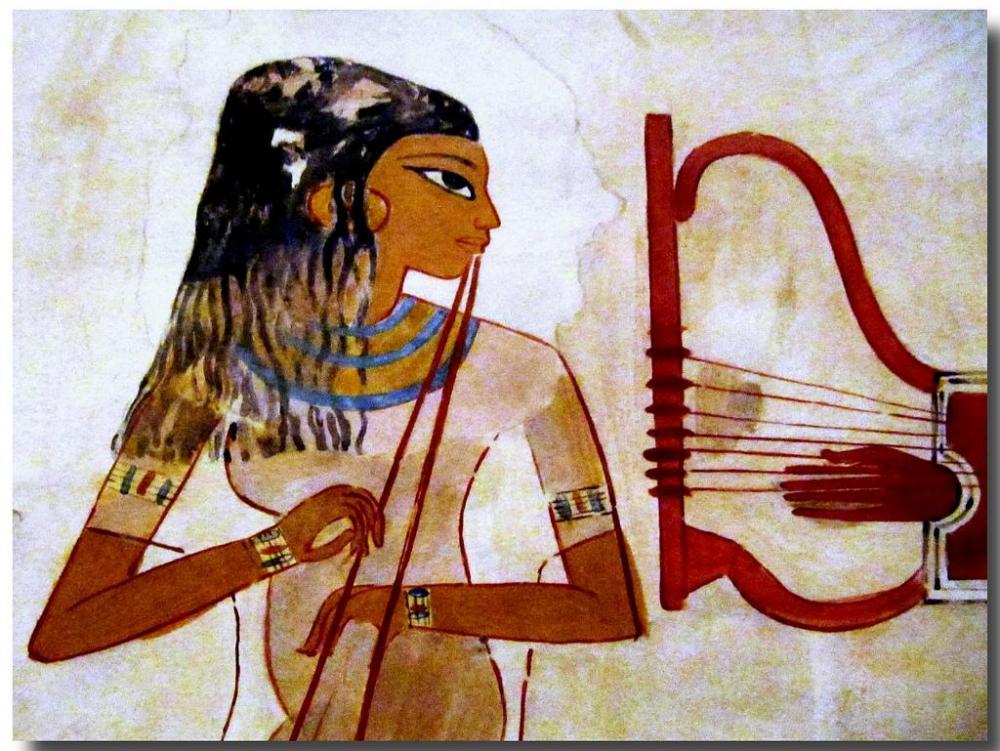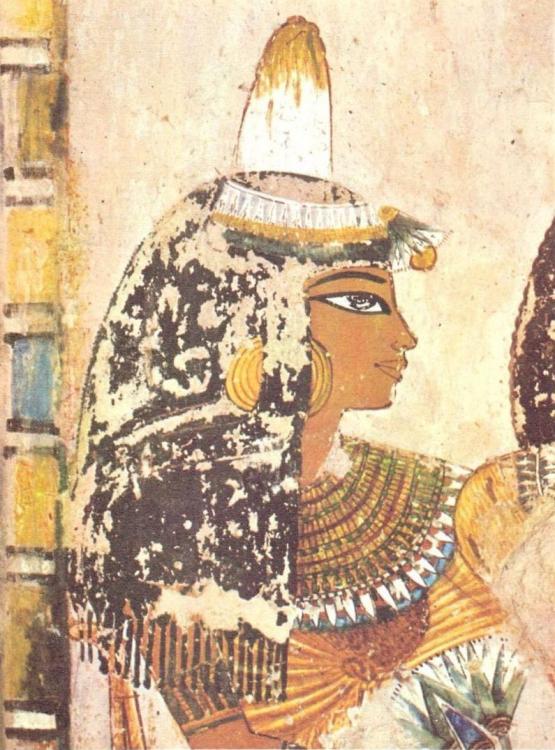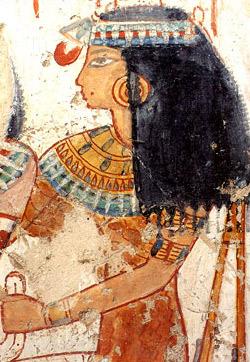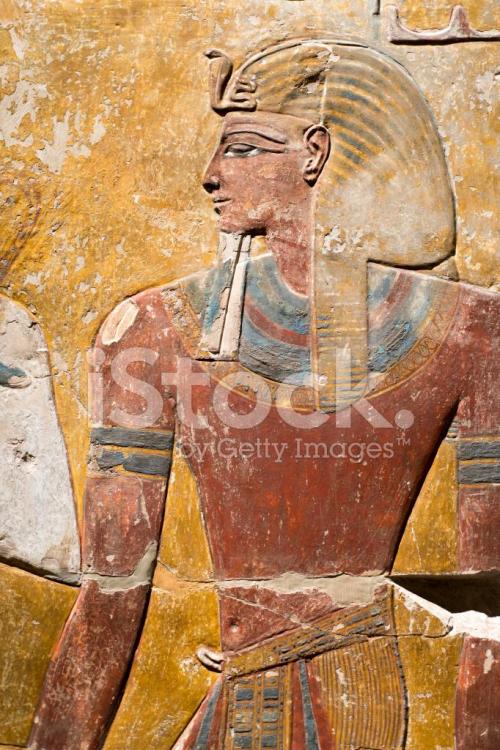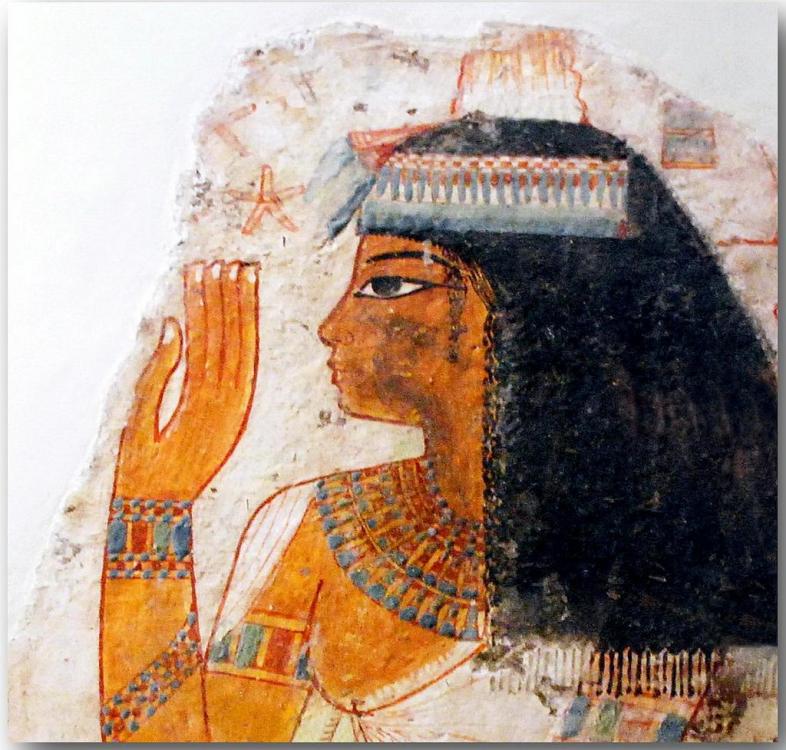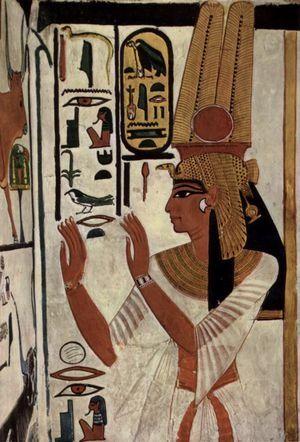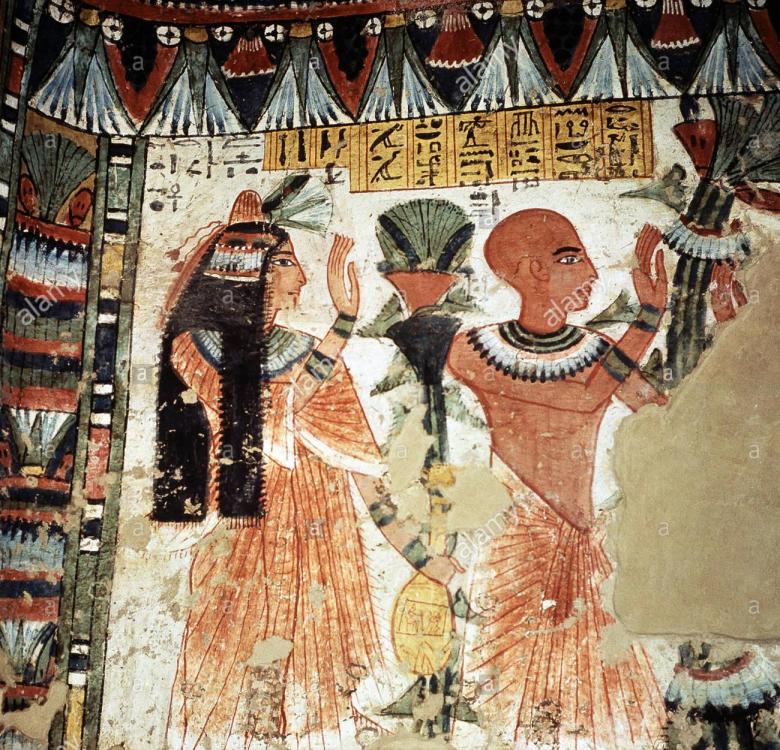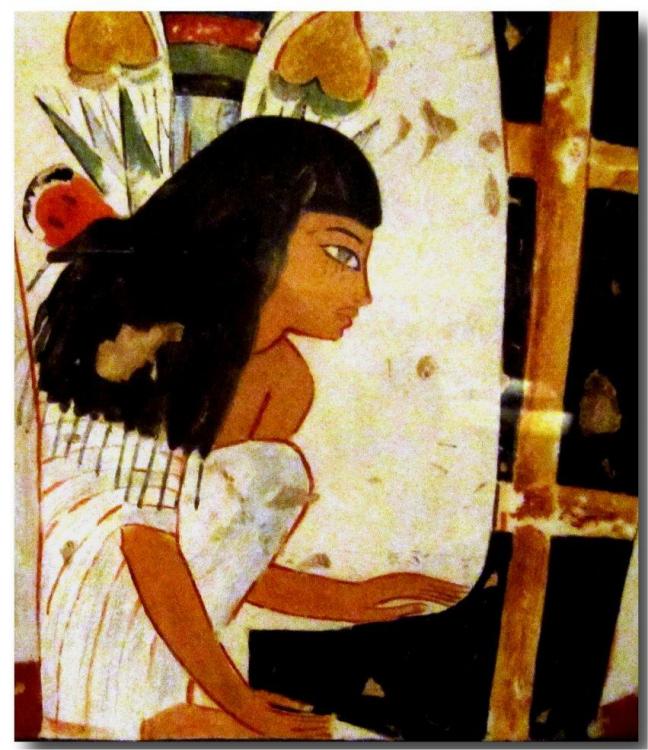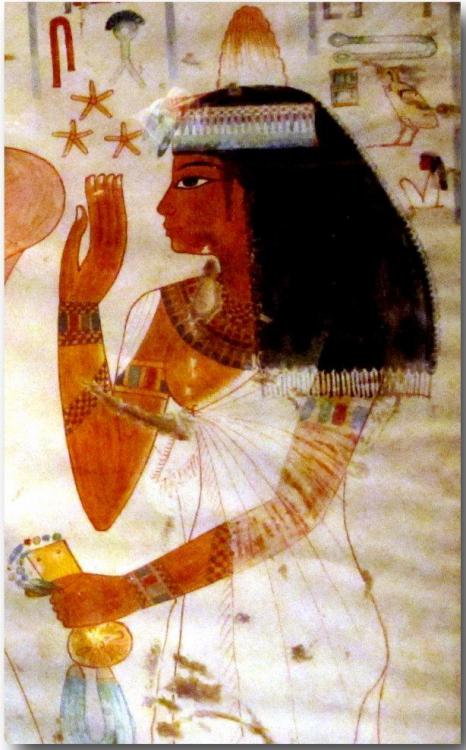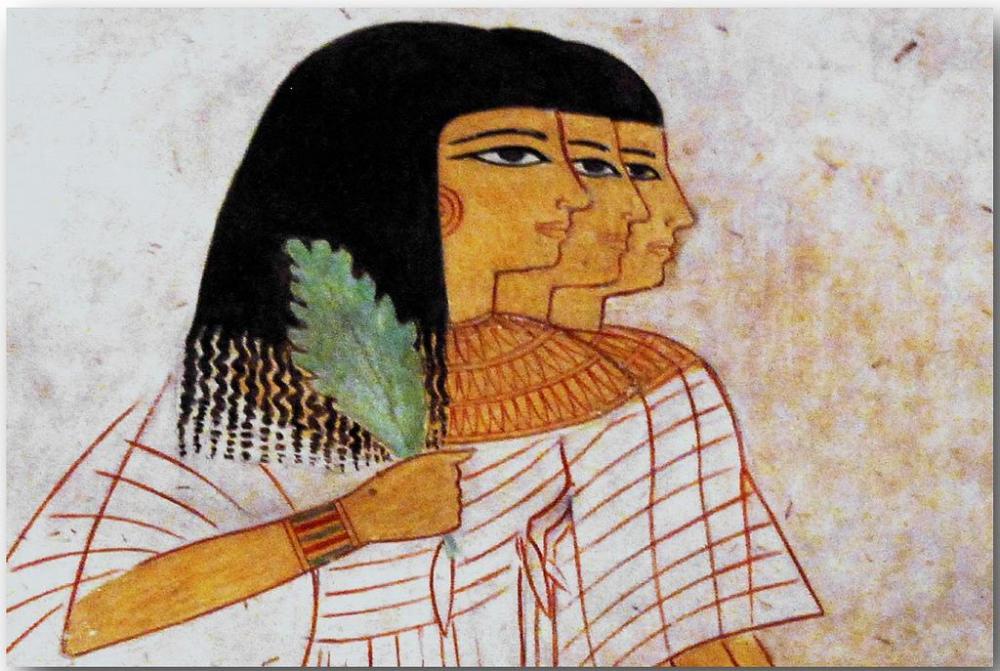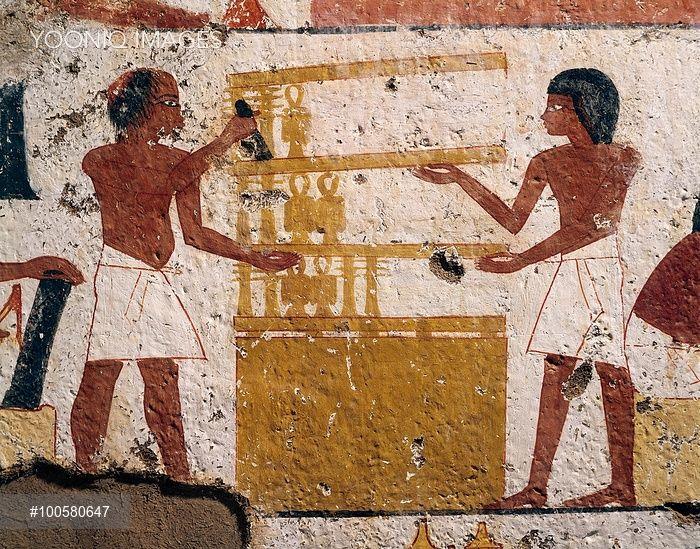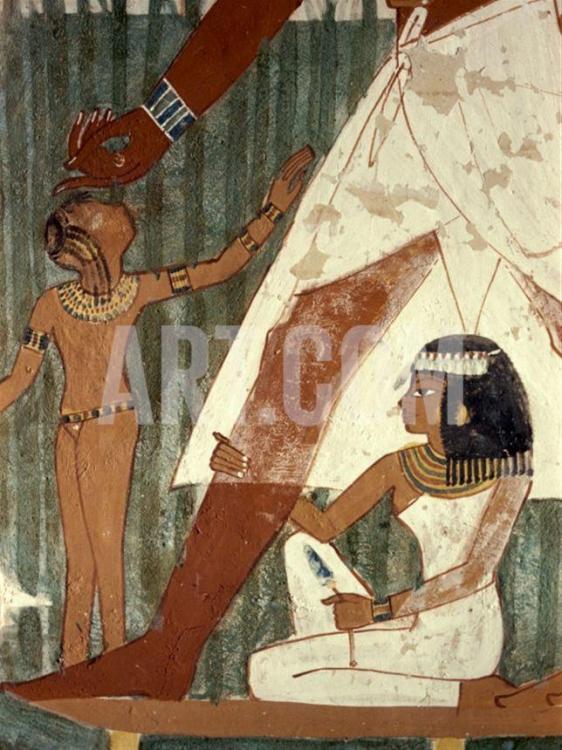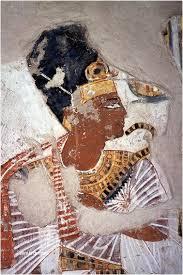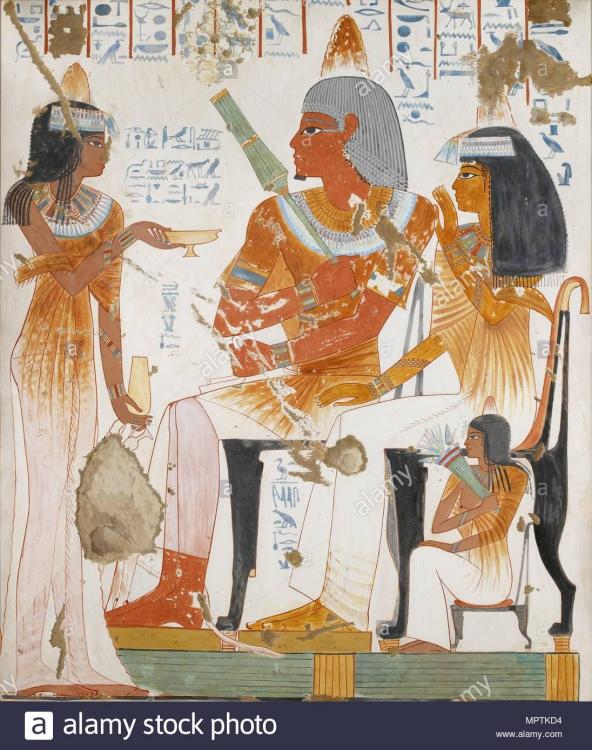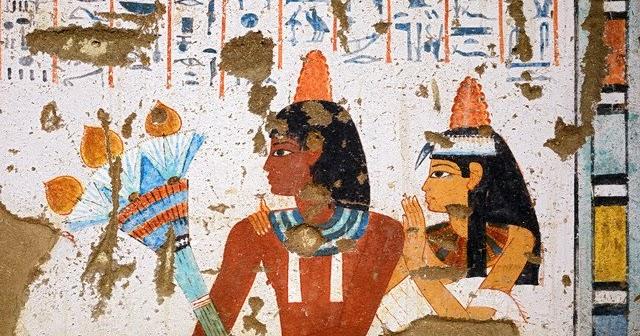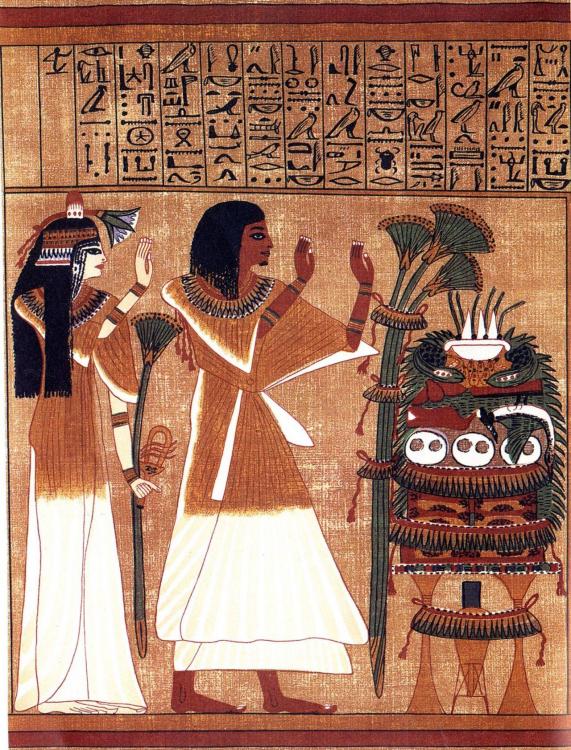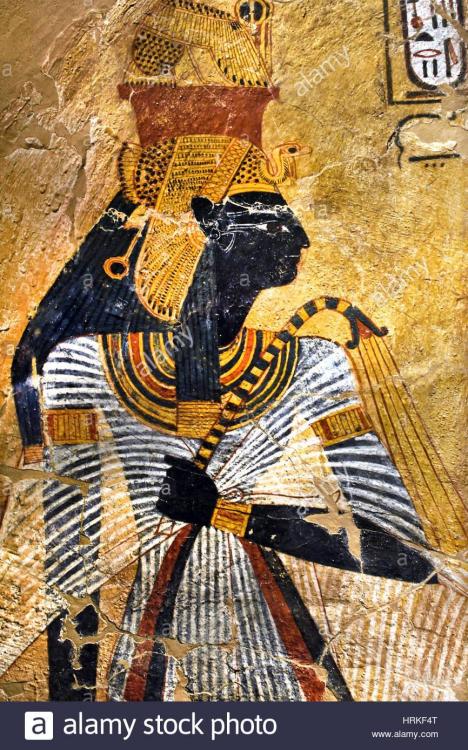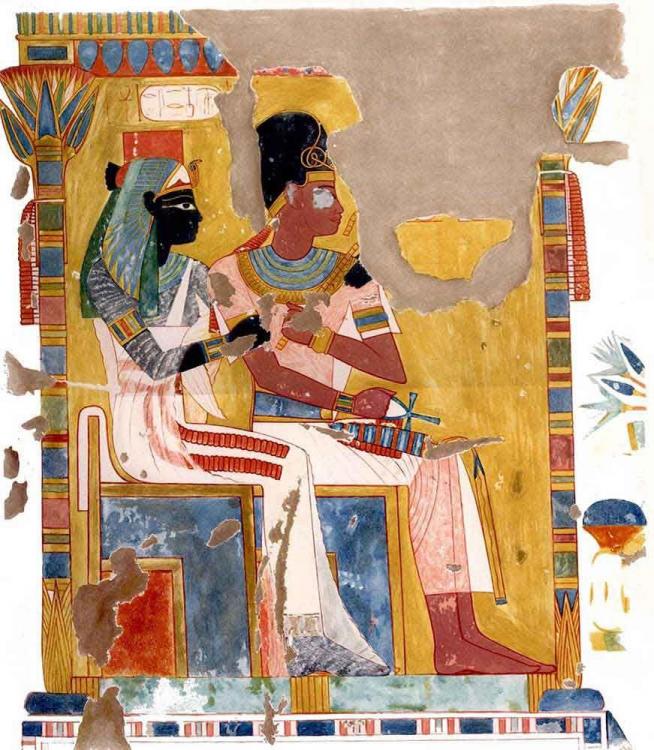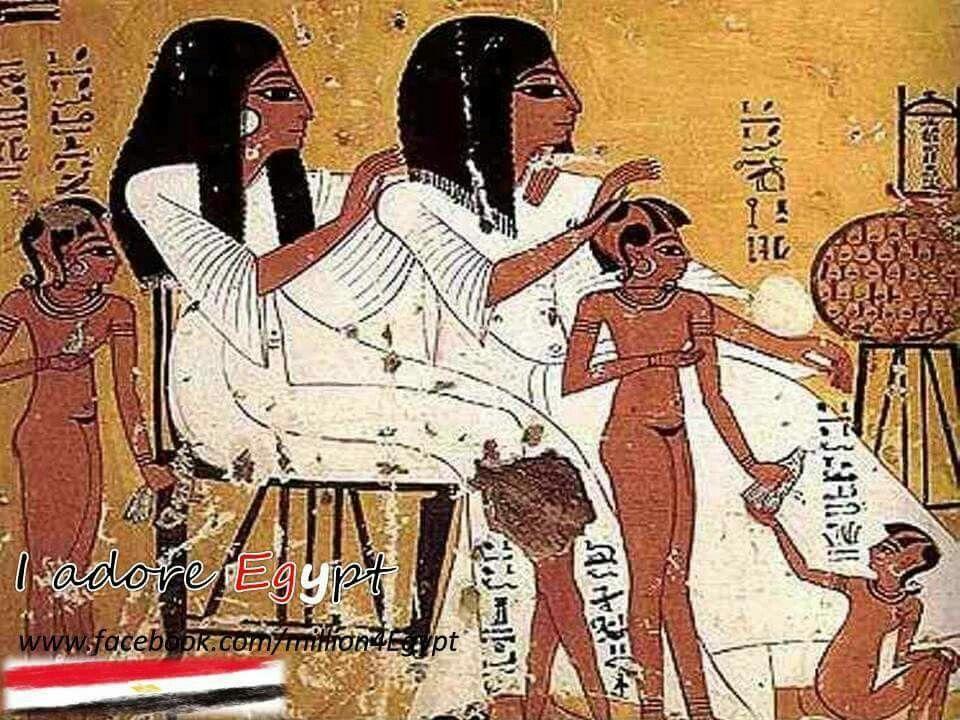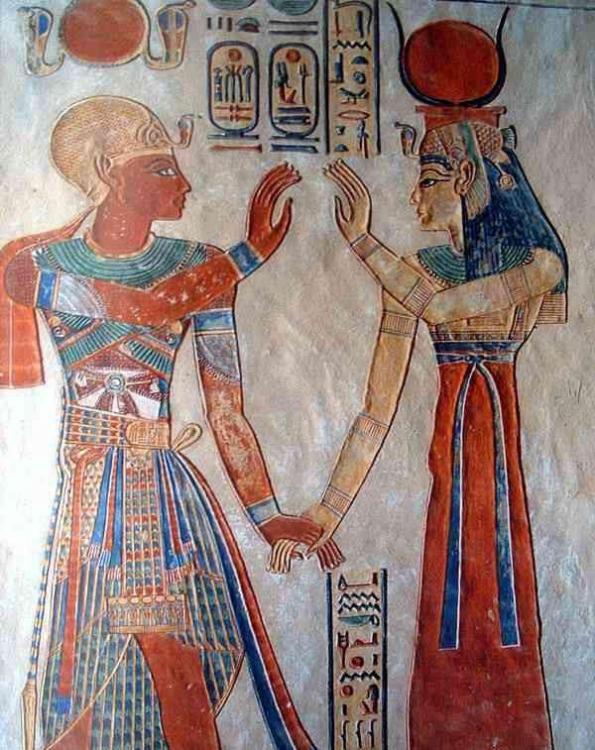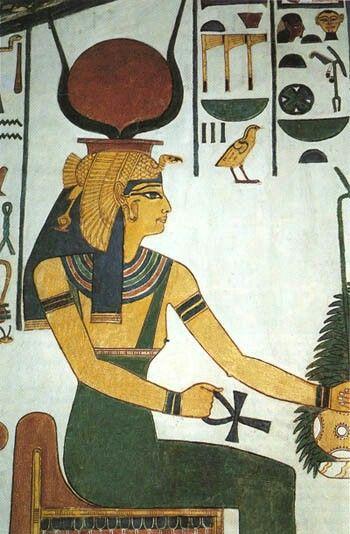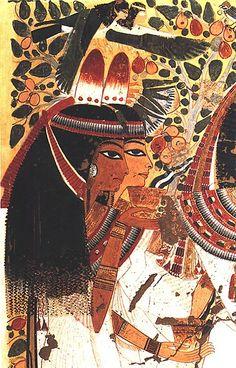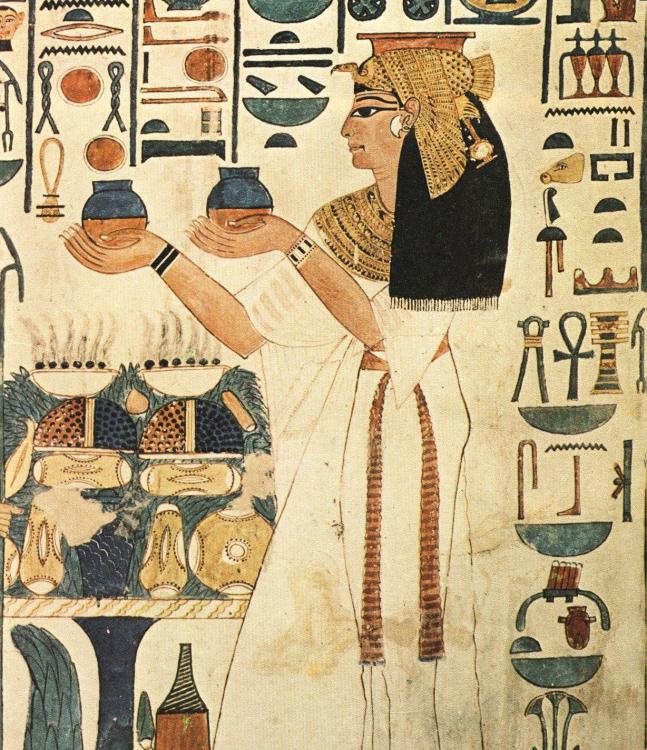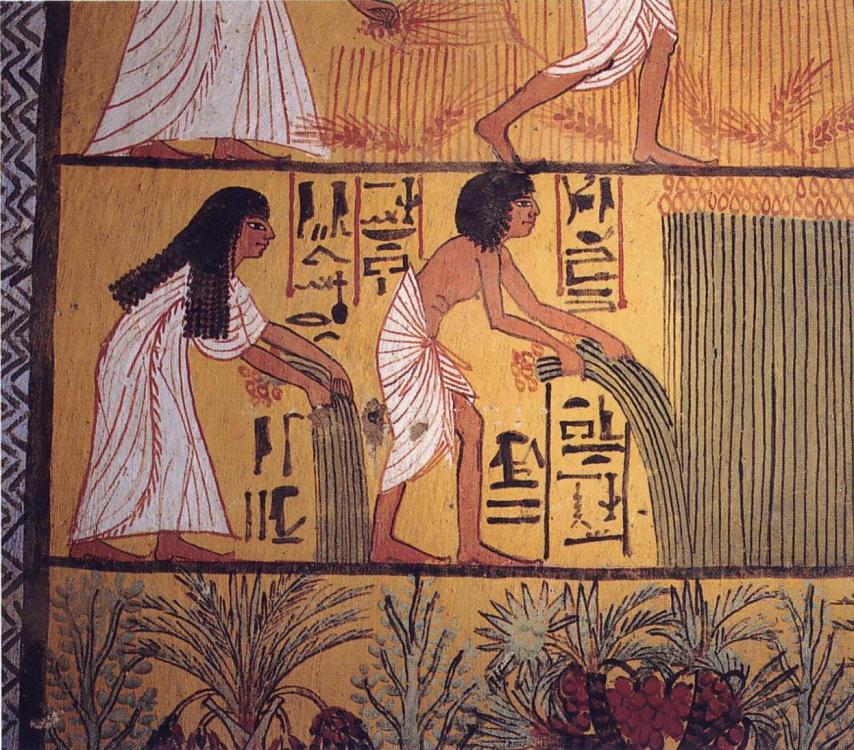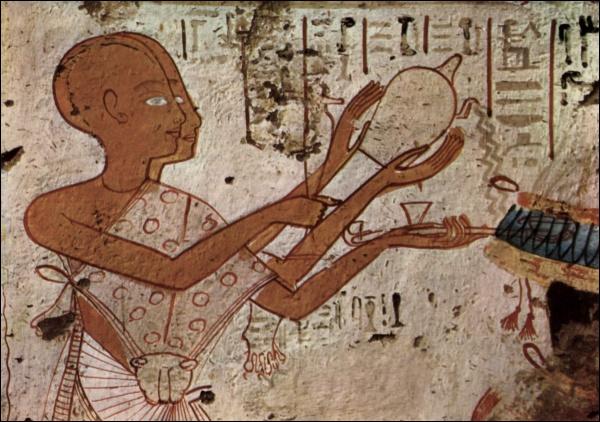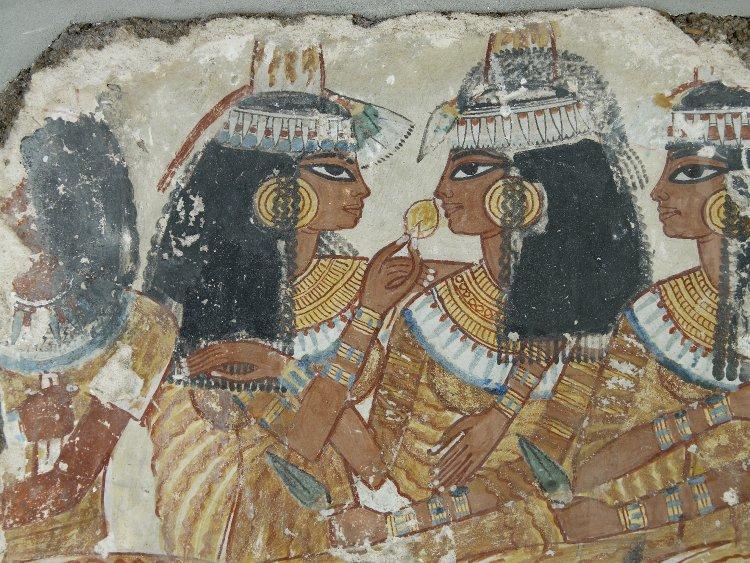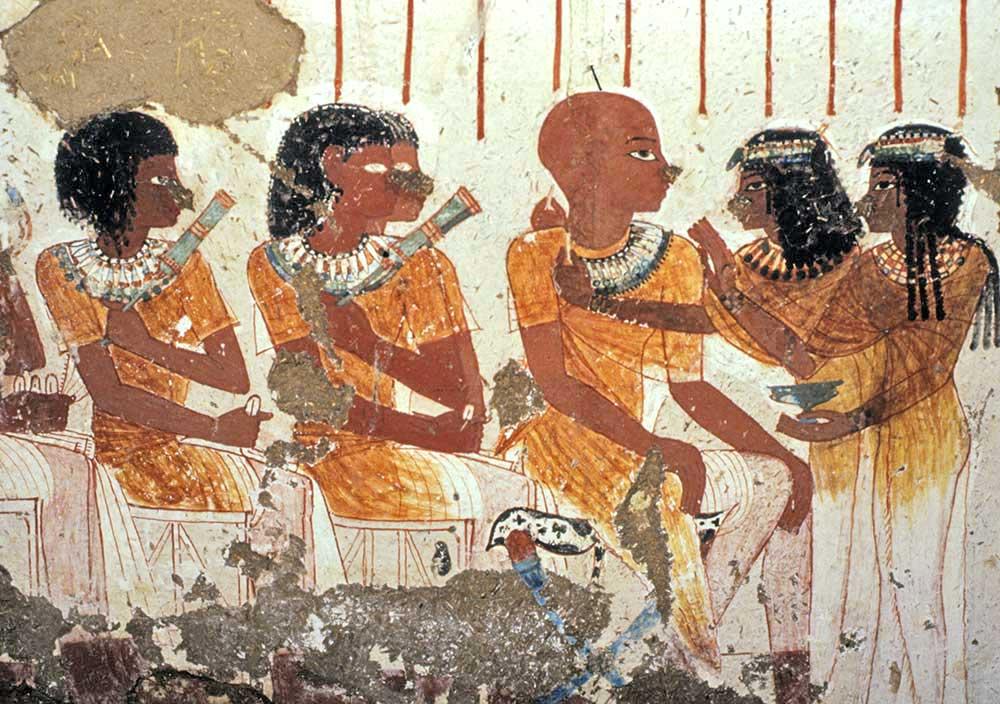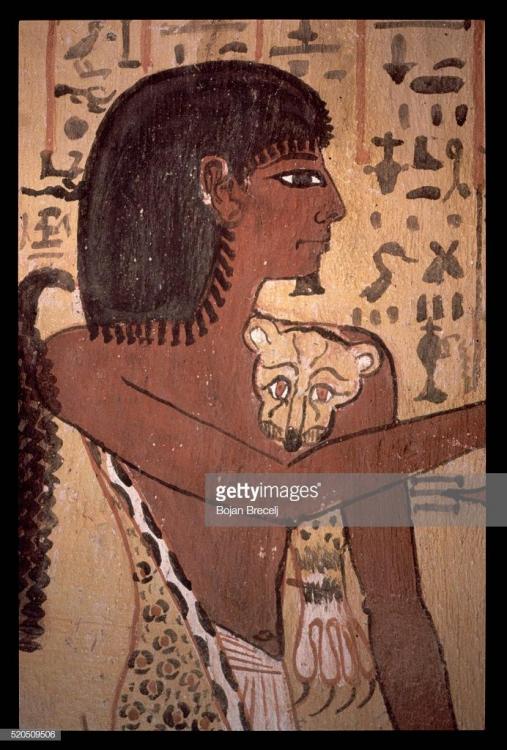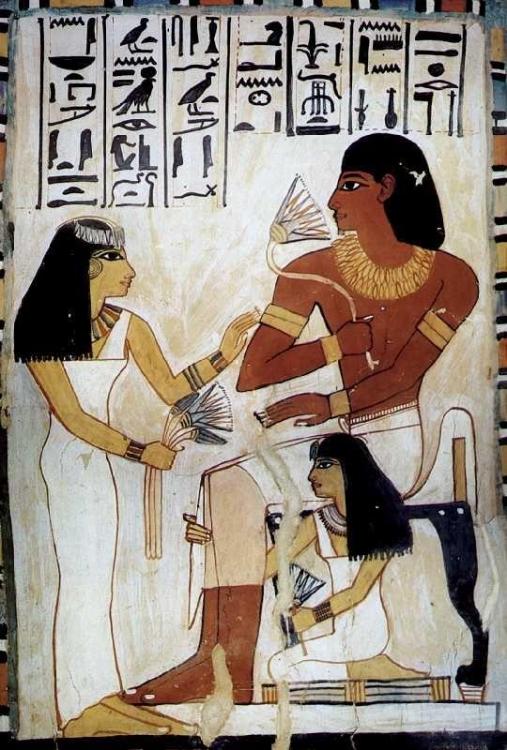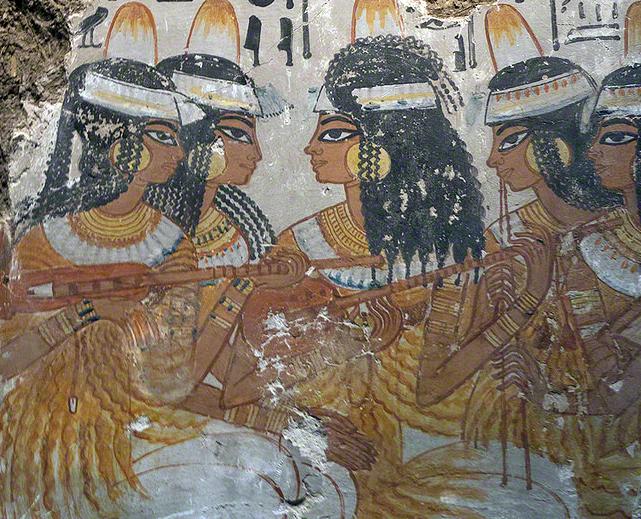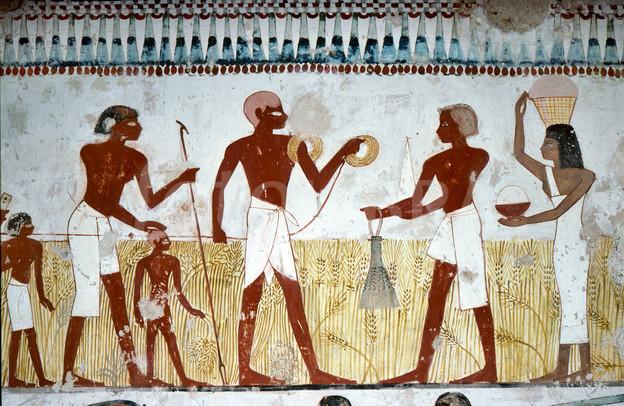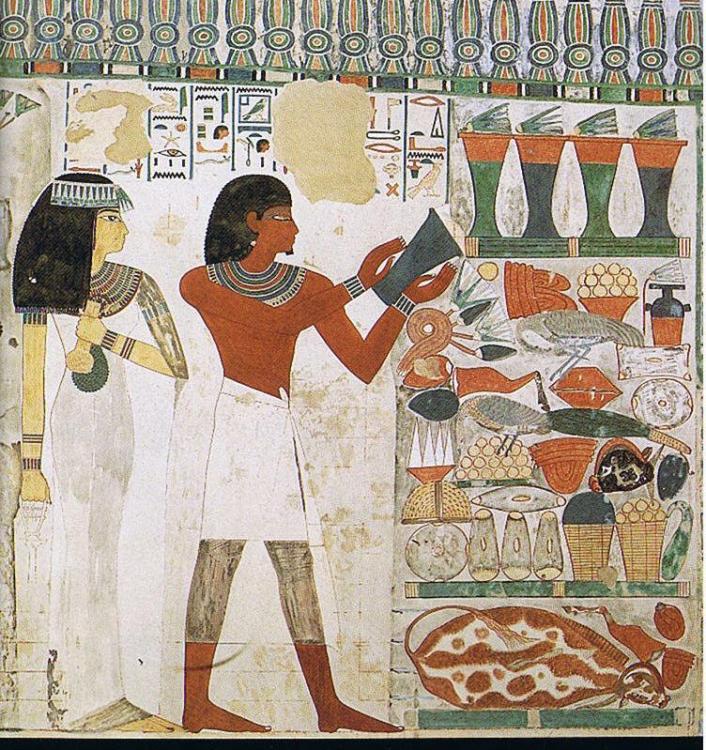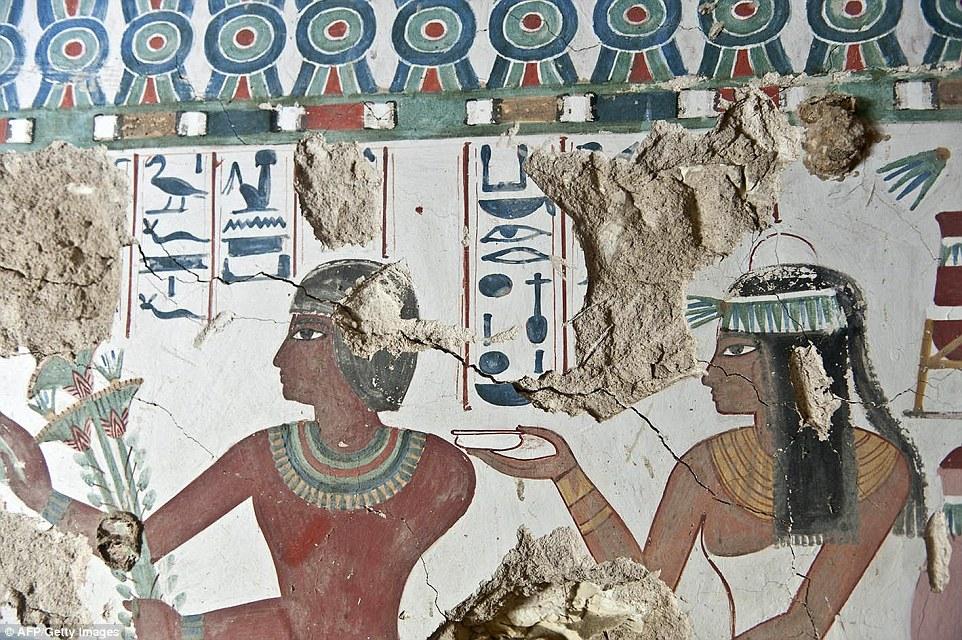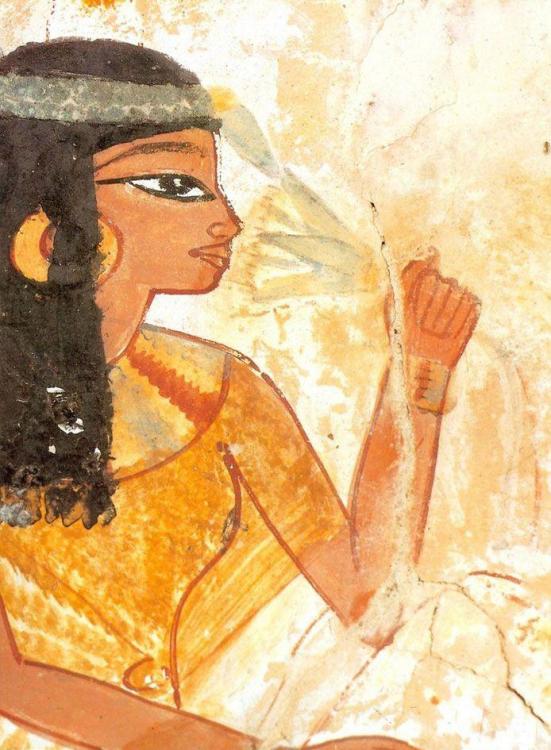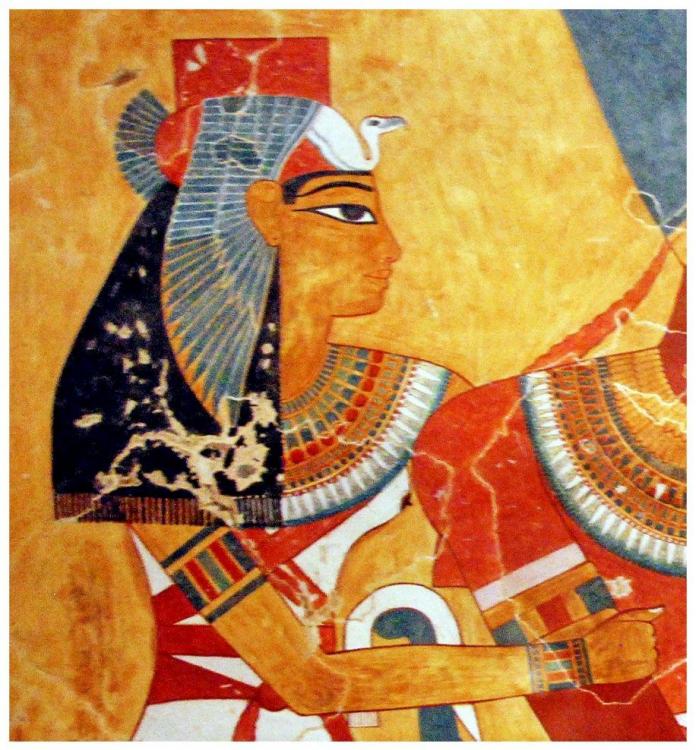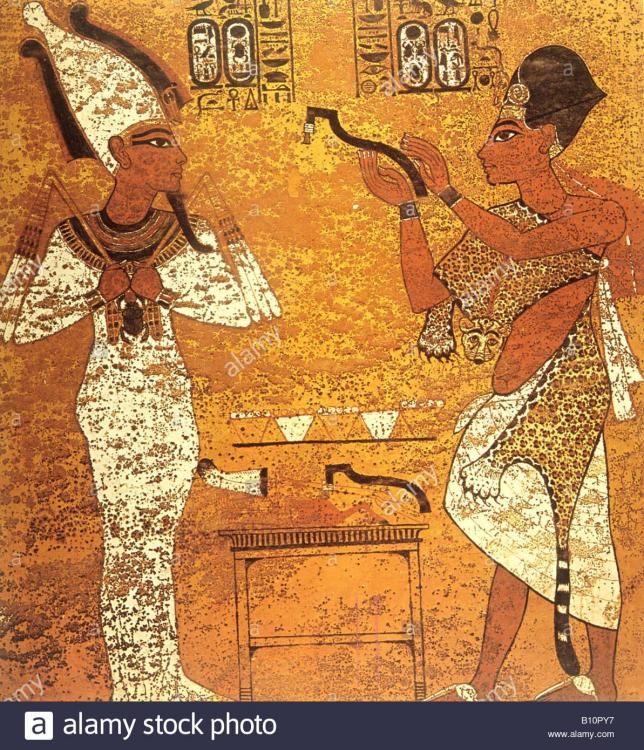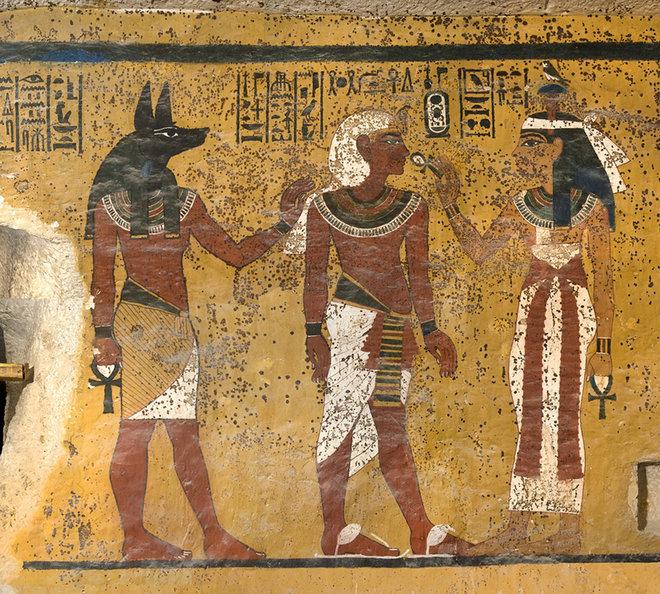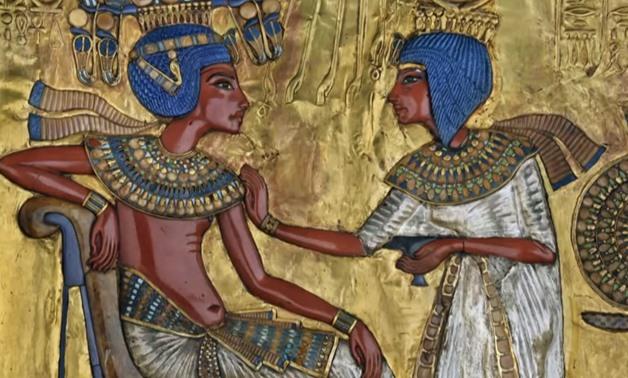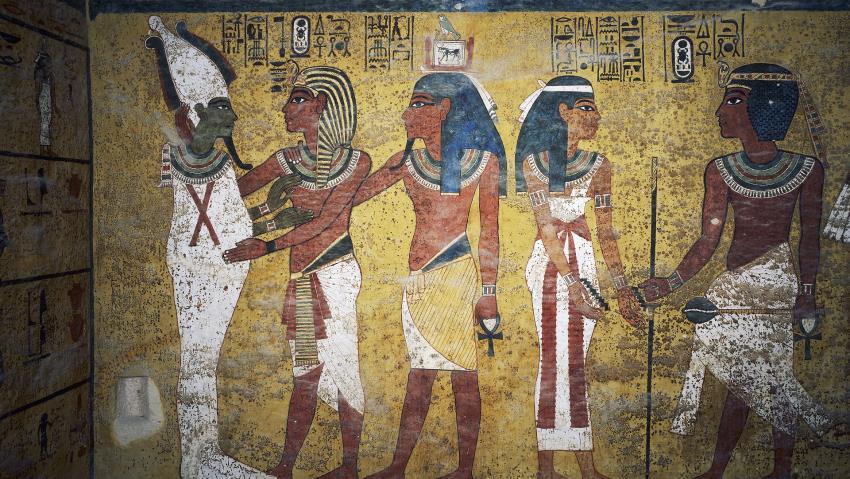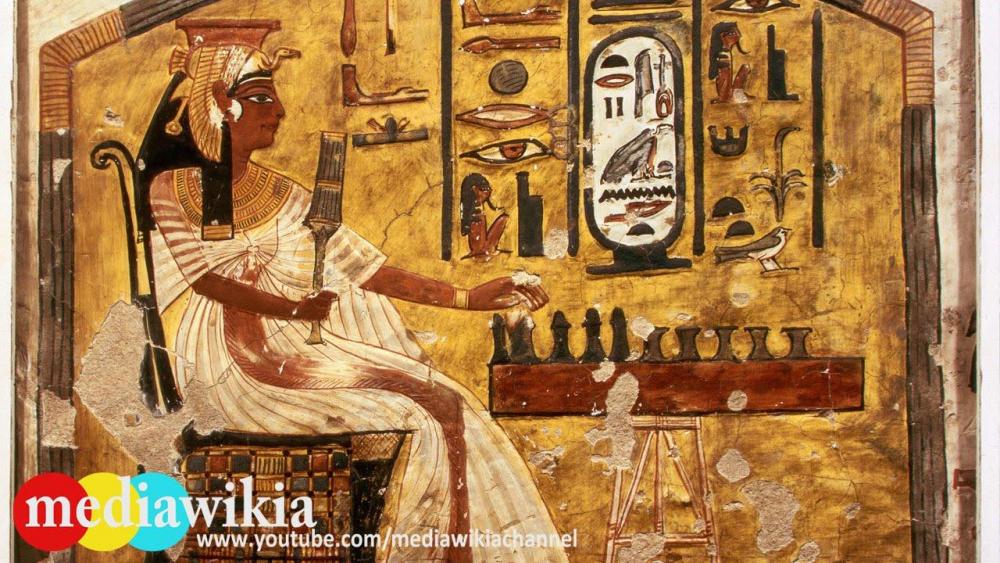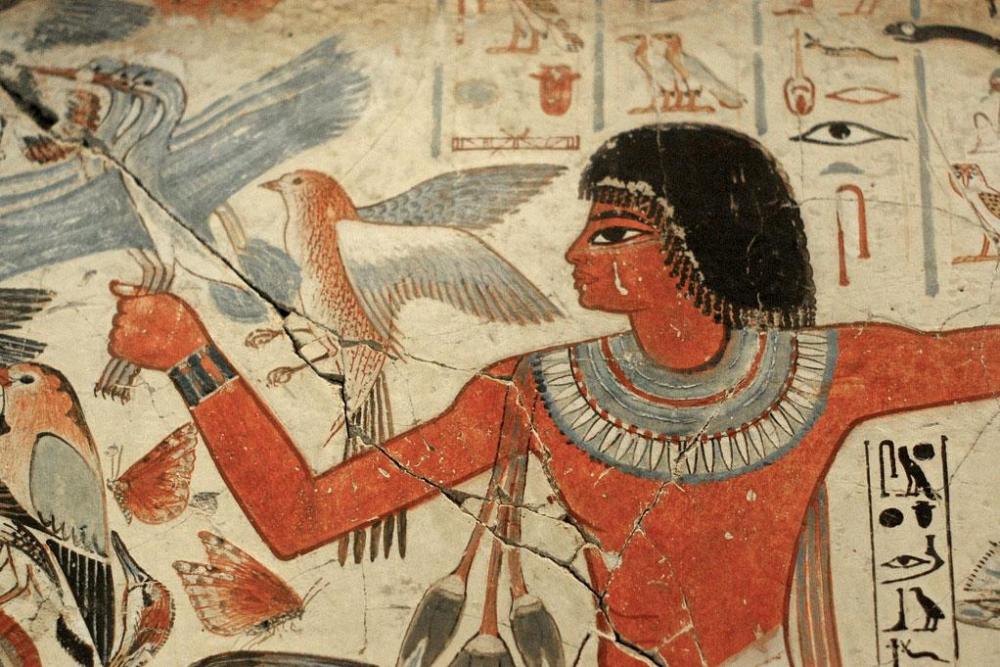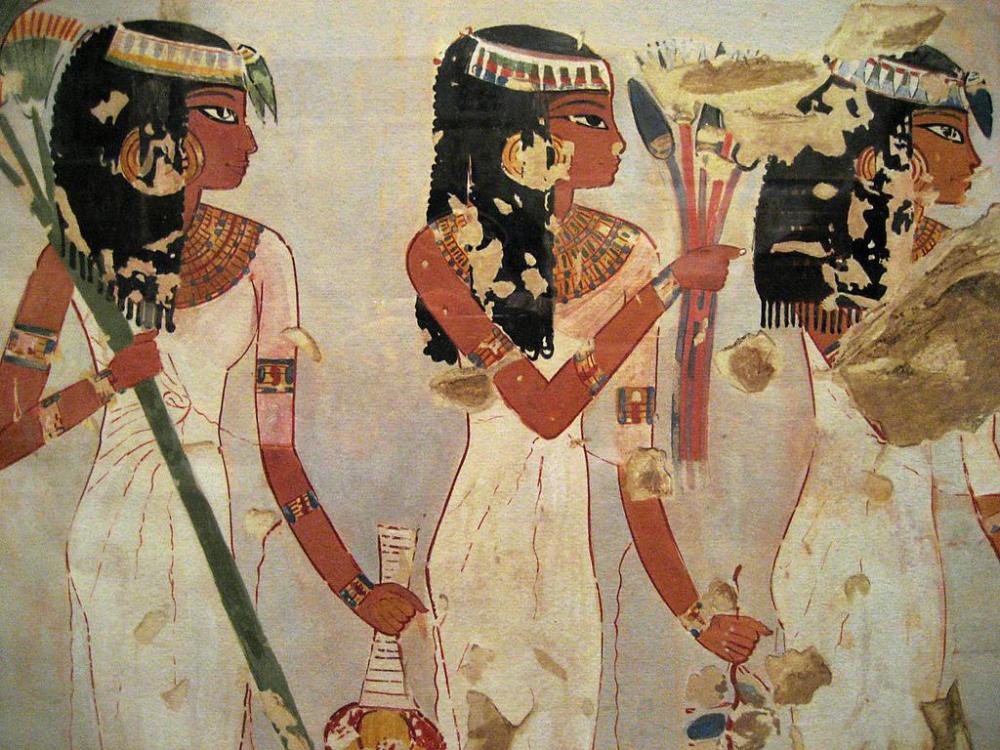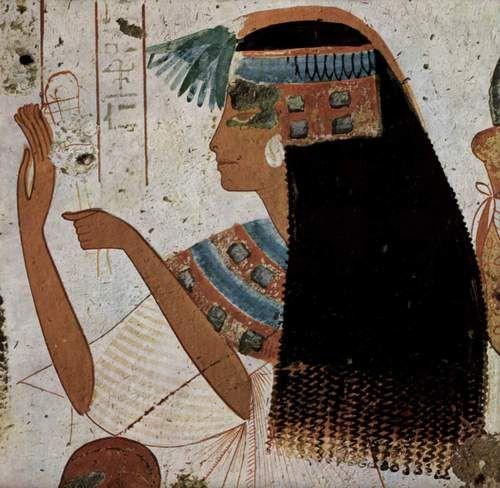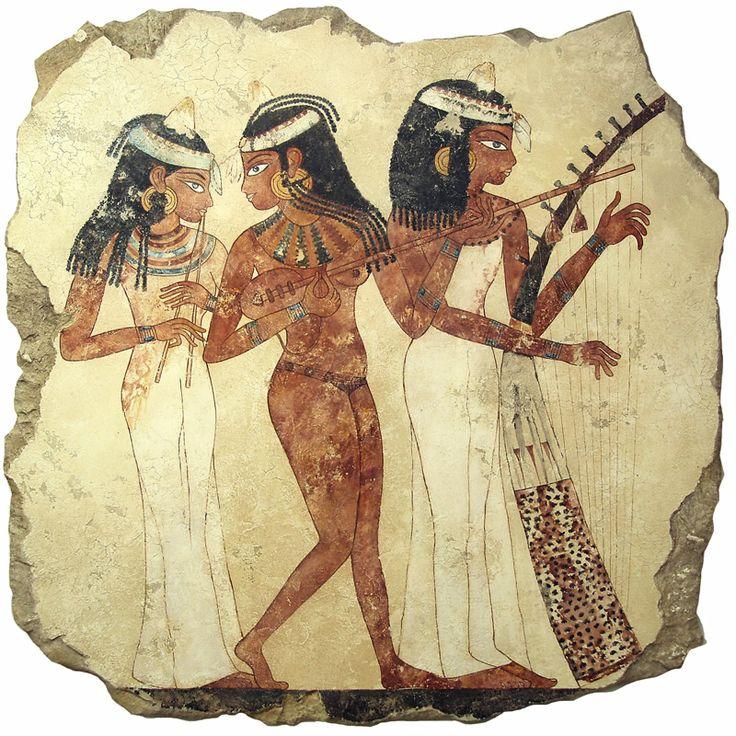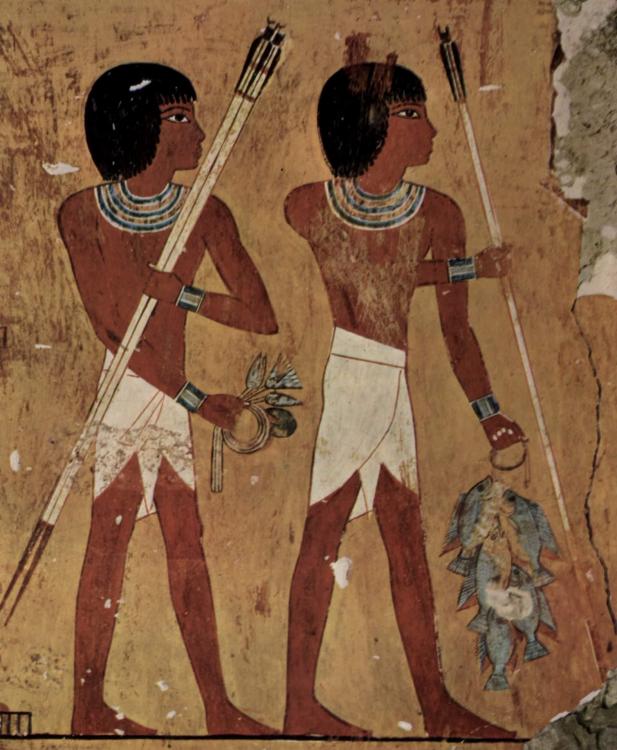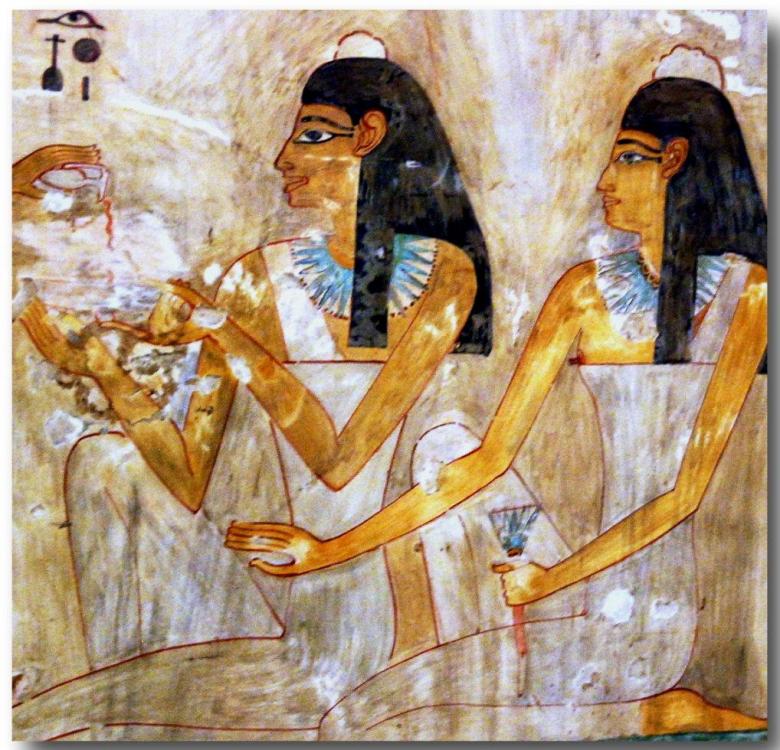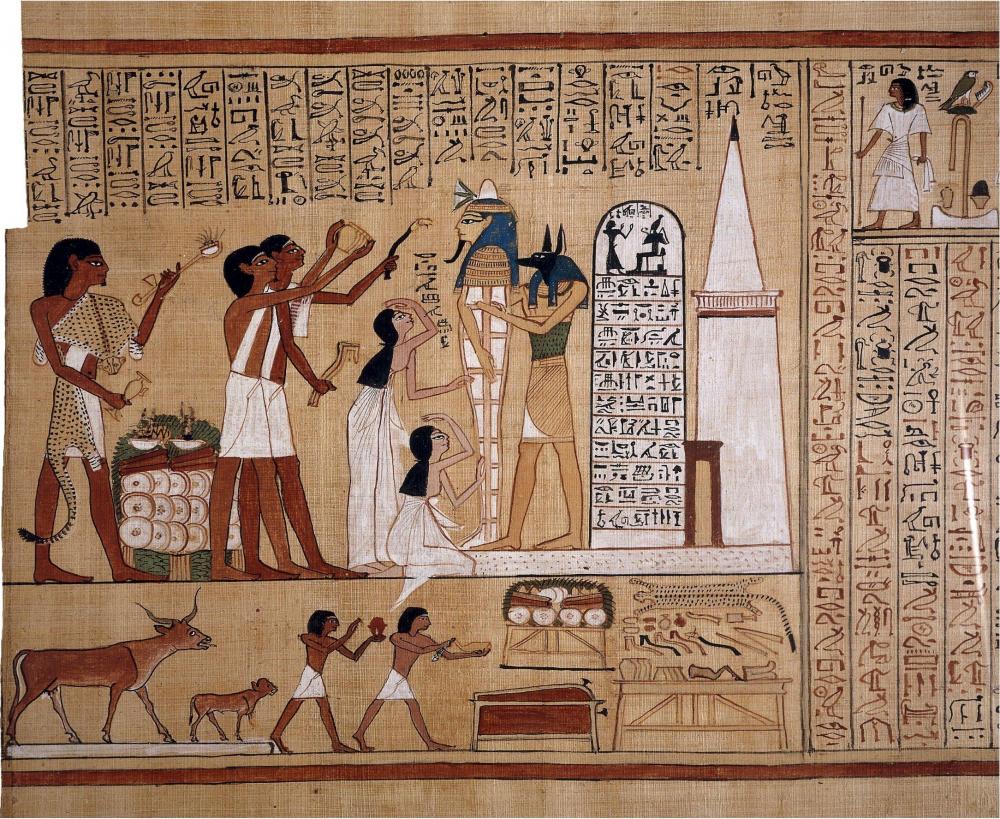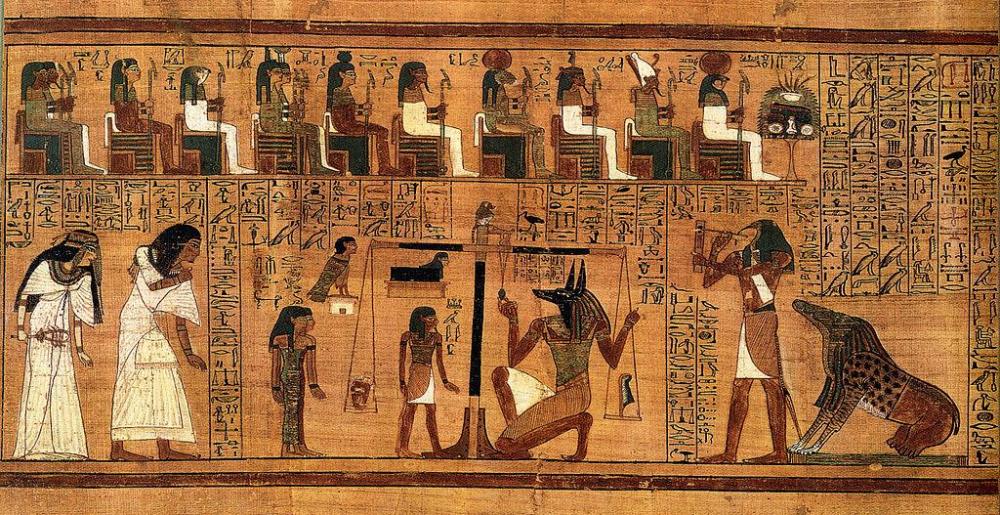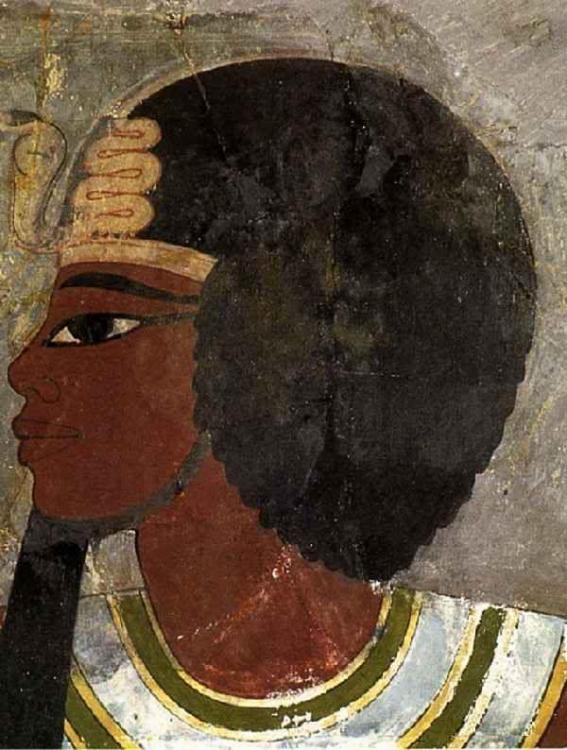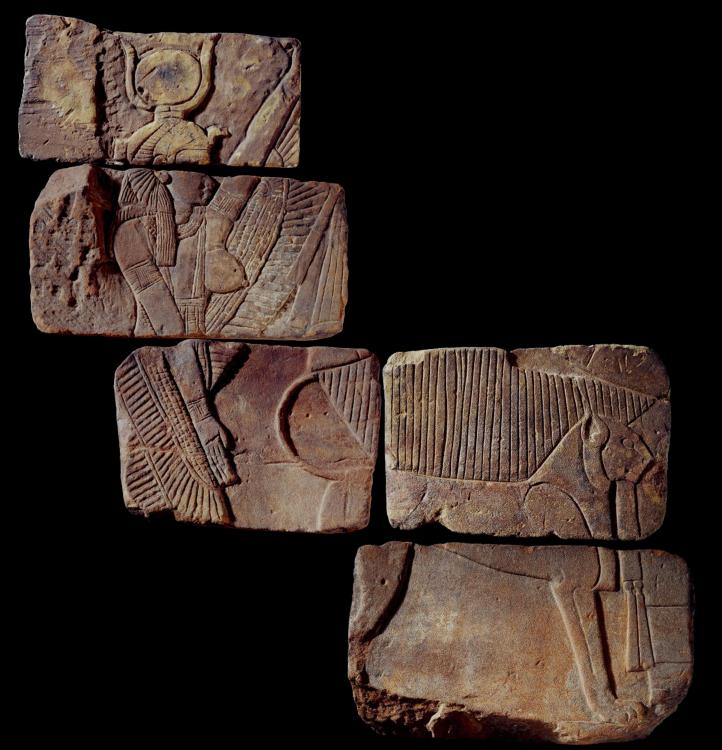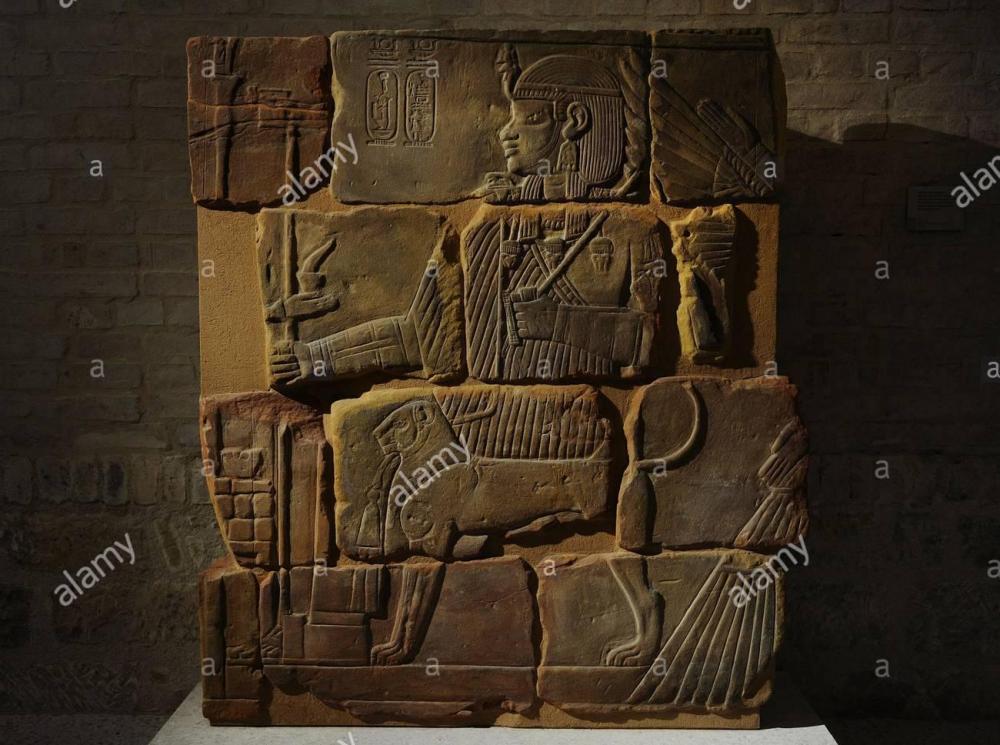-
Posts
2.332 -
Joined
-
Last visited
-
Days Won
60
Everything posted by Sundiata
-
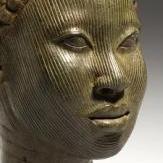
===[TASK]=== 0 A.D Ships Update.
Sundiata replied to Alexandermb's topic in Eyecandy, custom projects and misc.
-

===[TASK]=== 0 A.D Ships Update.
Sundiata replied to Alexandermb's topic in Eyecandy, custom projects and misc.
@Alexandermb Daaayum... Thanks for doing this! Awesome... Here's some more inspiration on a somewhat different type of vessel. -

===[TASK]=== 0 A.D Ships Update.
Sundiata replied to Alexandermb's topic in Eyecandy, custom projects and misc.
@Alexandermb I think that looks pretty great! I think you can hollow out the front trapezoid box to create a sort of elevated platform. You could also make the ship a teeny bit more narrow. The way you are going, I could easily imagine 3 types of ships, small, medium, and large. The small one would remain the current small warship that they have. The Large one would be the one you're working on now. And the medium one could be the same as the large one, but scaled down, and without the central cabin, similar to the first ref in the spoiler. -
Yeah, there's not really a reason to use them for cav... They seem horrendously un-aerodynamic for high speed cav manoeuvres anyway...
-
I read the same thing Apparently Alexander used Xenophon's works, particularly Anabasis, as a field guide during his expedition into Persia. In his work Περὶ ἱππικῆς (peri hippikēs), "on horsemanship", Xenophon advcates for the use of the Boeotian helmet: "...the Boeotian type [of helmet]. For this not only gives the greatest protection to all the parts above the cuirass, but allows free vision.", which explains Alexander's choice. If the units level up, maybe you could use Phrygian helmets for the second level (representing Phillip's cavalry) and the Boeotian helmet for the third level (representing Alexander's cav). Or just use the Boeotian one with a very low prevalence of Phrygian ones mixed in (like 1/10). Or just don't use the Phrygian one at all for Macedonian cav?
-

===[TASK]=== 0 A.D Ships Update.
Sundiata replied to Alexandermb's topic in Eyecandy, custom projects and misc.
I'll try to get it done in the following days -

===[TASK]=== 0 A.D Ships Update.
Sundiata replied to Alexandermb's topic in Eyecandy, custom projects and misc.
@Alexandermb, Perhaps deifferent variations of the SPQR, especially with the eagle. Nothing screams Roman like an eagle... Maybe a pegasus? Maybe some of the symbols of the Roman legions? Romulus and Remus suckling from the wolf? If you like any of the examples below, you can let me know and I'll make an outline for you. -
Counter systems are derived from real life. That's one reason why armies are usually composed of many different types of units. For example: infantry is vulnerable to artillery. Artillery is vulnerable to aircraft. Aircraft are vulnerable to anti aircraft. Anti aircraft is vulnerable to infantry. Within each class, their are even counters. Heavy cavalry takes light cavalry. Light cavalry takes ranged cavalry. Ranged cavalry takes heavy cavalry. In general terms. Anyway, horses tend to be terrified of elephants, also mentioned by ancient sources, so anti-cav should definitely be a bonus for all elephant units. Elephants are vulnerable to pikes, javelins, arrows and slings. Even if those weapons don't always immediately kill the animal, elephants really don't like people throwing pointy sticks and rocks at them. It makes them mad, and uncontrollable. Charging horses against elephants will cause the horses to panic and throw their riders. Really cool initiative though! I wish you all the success!
-

===[TASK]=== 0 A.D Ships Update.
Sundiata replied to Alexandermb's topic in Eyecandy, custom projects and misc.
Do you mean this one? Because now that you mention it, those scenes look similar enough to the reference... Interesting idea... -

===[TASK]=== 0 A.D Ships Update.
Sundiata replied to Alexandermb's topic in Eyecandy, custom projects and misc.
@Alexandermb, basically this: It's a New Kingdom Egyptian ship from Kush, depicted in the Theban tomb of the viceroy of Kush, Huy. the Kushite version doesn't need to be so bombastic though. It's a bit difficult. Not many depictions of boats or ships have survived from Napatan and Meroitic period Kush, and those that have are pretty crude. I'll share most of what I have here anyway. But you can clearly see the strong similarity with New Kingdom vessels. Therefore I'd suggest to use that New Kingdom reference depicting the arrival of Huy's ships at the court of the pharaoh. Huy was the vizier of Kush at the time, and his ships brought tribute from the south. There is little reason to think ships changed dramatically during the Napatan or even Meroitic period. The Late Egyptian Saite Dynasty also continued to use the traditional Egyptian ships. So forgive me if it's all a little speculative, but it would be a lot better than a Hellenistic Bireme. Not saying that Biremes were totally impossible, just very improbable. We also know of the importance of the Kushite navy from the following words, attested in Napatan and Meroitic inscriptions. Unfortunately there's no actual descriptions of the boats. P3 tsy3 n p3 mw: lord of the water, officer of the fleet [?] Mr ms’ n p3 mw: general of the water Pelmos atolise : startegus of the water (Meroitic) Skd : sailor Dmi, d3y, tyme : town, harbour Mryt : harbour Shry : boat, ship, fleet ‘h’ : boat, ship, fleet d3y : river boat Mhn : ferry Wtn, wi3 : barque Primary refs: -

Specific Name Review: Units
Sundiata replied to Doktoreus's topic in Game Development & Technical Discussion
They're correct, but they are missing proper diacritics for now, so I'll go through them again and adjust where necessary. I'll post an updated list here when it's done. -
I think this looks quite interesting. I've always wanted a more in depth economy for 0AD. My advice would be to keep it as intuitive as possible, and make sure there's lot's of tooltips One caveat I see is that social classes in the ancient world were generally speaking quite rigid. People didn't just go from slave to citizen, or from citizen to noble very often.
-
That's really fantastic! I had the uncontrollable urge to play "When Johnny Comes Marching Home" a couple times in a row today. I wonder why... Anyway, Hurrah, Hurrah! By the way, I misread the title of this thread and spontaneously imagined Stokely Carmichael tapping his microphone at a rally in the 1960's. darn those Freudian slips...
-

Specific Name Review: Units
Sundiata replied to Doktoreus's topic in Game Development & Technical Discussion
Kush Bireme is a Ptol placeholder unit without a specific name for now. We need a large Nile boat to replace it ( @Alexandermb ) -
There is actually a very large corpus of colored Ancient Egyptian frescoes, by the Ancient Egyptians themselves. Skin tones vary wildly from a very light, yellowish brown to a very dark reddish brown. Reddish brown is by far the most common skin-tone. As for the Ptolemaic roster, of course all the Greek and Galatian units should remain white. As for the female citizens and native troops, some melanin definitely wouldn't be out of order, although "Kushite black" is definitely too dark... If you're interested in improving their skin-tones for historical accuracy sake, I'd suggest, for "native" troops, something like 1/10 black, 4/10 reddish brown, 4/10 yellowish brown, 1/10 white. The black representing resident Kushite populations (quite a considerable group, apparently, even as far north as Alexandria), the reddish and yellowish brown representing native Egyptians, and the white representing Greeks and other light skinned peoples from the Middle East and Europe that weren't necessarily part of the ruling classes or nobility. While on the topic, after careful consideration ( ), I'd like to suggest a similar more reddish brown skin-tone variant for a few Kushite units. Especially the Napatan temple guard and Napatan priest, could have about 1/2 reddish brown. Currently it's more a "faded" lighter brown instead of the reddish tint. If you want some Sub-Saharan ethnic flair, the "Nubian archers", a Ptolemaic mercenary unit was removed a few years ago "under dubious circumstances"... Another really attractive Kushite mercenary unit for the Ptolemies would be the "Aethiopian Axemen". At least 3 Ptolemaic and 1 one Roman (or also Ptolemaic) period figurines survive from Egypt depicting Hellenized axmen with Sub-Saharan features. The Ancient Egyptians through their own eyes: Basically, some of them looked very Middle Eastern/North African, some of them looked very Sub-Saharan/Horn of Africa, most of them were something in between. Not surprising from an Afro-Asiatic speaking population on the crossroad between Africa and Asia. One thing is clear, Ancient Egyptian women were drop-dead gorgeous! Yowza!
-

Specific Name Review: Structures
Sundiata replied to Doktoreus's topic in Game Development & Technical Discussion
Reconstructed Late Egyptian/Napatan Dialect (and one Meroitic) specific names, accompanied by the literal translation Archery Range: Pr-Pdt (house of the bow) Cavalry Stable: Ỉḥ Ssmt (horse stable) Elephant Stable: Ỉḥ Abu (elephant stable), or probably more appropriate: Meroitic: Ỉḥ Abore Siege Workshop: Pr-ỉwn n ms (house of the movable tower) -

===[TASK]=== Removing all carpets from the game
Sundiata replied to Anaxandridas ho Skandiates's topic in Official tasks
How interesting... In the Dutch language, a carpet is known as "tapijt" (tɐˈpɛi̯t)... So close to the Greek τάπης and the Latin tappetia... And let's not forget the French "tapis" (carpet), or the Portuguese "tapete" (carpet). Even the German "teppich" (carpet). -

===[TASK]=== Removing all carpets from the game
Sundiata replied to Anaxandridas ho Skandiates's topic in Official tasks
@Nescio, marvelous, thank you! I also saw a bunch of mentions of the word tapestry in English. Following example is from a Latin comedy, I believe. Alexandria was apparently a centre for tapestry weaving... T. Maccius Plautus, Pseudolus, or The Cheat http://www.perseus.tufts.edu/hopper/text?doc=Perseus:text:1999.02.0107:act=1:scene=2 -

===[TASK]=== Removing all carpets from the game
Sundiata replied to Anaxandridas ho Skandiates's topic in Official tasks
Let me add a little to that headache... My ancient Greek is like, super rusty , so maybe you guys, @Nescio & @Anaxandridas ho Skandiates can explain the mention of carpets in these English translations? As we probably all agree, they wouldn't have been common. But that's not being challenged. Just the idea to remove all of them, as opposed to using them only where appropriate. Homer, The Iliad (Hom. Il. 10.115) http://www.perseus.tufts.edu/hopper/text?doc=Perseus:text:1999.01.0217:book=10:card=115 Homer, The Odyssey (Hom. Od. 10.8) http://www.perseus.tufts.edu/hopper/text?doc=Perseus:text:1999.01.0218:book=10:card=8 Horatius Flaccus (Horace), The Works of Horace (Hor. S. 2.6) http://www.perseus.tufts.edu/hopper/text?doc=Perseus:text:1999.02.0063:book=2:poem=6 Xenophon, Anabasis (Xen. Anab. 7.3) http://www.perseus.tufts.edu/hopper/text?doc=Perseus:text:1999.01.0202:book=7:chapter=3 That last one is particularly interesting as it even mentions the actual monetary value of that particular carpet ("ten minas"), quite expensive... Diogenes Laertius, Lives of Eminent Philosophers (D. L. 5.4) http://www.perseus.tufts.edu/hopper/text?doc=Perseus:text:1999.01.0258:book=5:chapter=4 This was also interesting: http://www.iranicaonline.org/articles/carpets-vi -

The Kingdom of Kush: A proper introduction [Illustrated]
Sundiata replied to Sundiata's topic in Official tasks
Isis from Meroë reveals herself I was browsing through the Meroitic period artefacts in the archives of the British Museum, and found myself just staring at a few individual relief blocks. I suddenly realized that they were part of the same relief. A little bit more research revealed that these blocks were indeed all from the rear wall of the chapel of pyramid N17 in Meroë. This pyramid belonged to King Amanitenmemide, 1st century AD (or BC). Turns out that the chapel was removed from Sudan in 1905, with one wall being shipped to Berlin, and the other wall being shipped to London. The one that was sent to Berlin was reconstructed and is currently on display in the Neues Museum. The one that was sent to London (only 6 blocks survived) is not reconstructed. In fact it is not even on display... The archives of the British Museum house 1703 Meroitic and Napatan period artefacts, the vast majority of them not photographed (or at least their photographs haven't been published, or publicly catalogued), nor are they on display. I dowloaded the images of the blocks in the London archives, cut them out, and put them back together again. A beautiful, voluptuous African winged goddess appears: Isis! A winged goddess, Isis, wearing the vulture crown and a sun disk with cow horns, backing the Kushite Lion Throne of the seated king, Amanitenmemide. The goddess is depicted with exposed bosom, a symbol of fertility. https://www.britishmuseum.org/research/collection_online/search.aspx?searchText=n17+meroe For comparison, here is the reconstructed relief from the other wall of the chapel, currently in Berlin: King Amanitenmemide himself!- 1.040 replies
-
- 2
-

-

-
- civ profile
- history
- (and 5 more)
-
How is it??
-
Have you tried Eevee yet? I haven't myself, but it seems pretty cool for quick renders of a good quality...
-

Economy and Citizen-Soldier Movement Speed
Sundiata replied to Philip the Swaggerless's topic in Gameplay Discussion
@DarcReaver I agree that the current system is flawed, primarily because "Citizen-soldiers can instantly react to an attack", as Thorfinn and others have pointed out. I personally prefer this system: Farms built on fertile lands. farm income based on amount of assigned workers and fertility of the soil. Mines (stone, iron, gold) built on sockets in in rocky/mountainous areas away from your starting CC. Most of them shouldn't deplete, but provide a set income based on size and amount of assigned worker (slaves or serfs). Workers assigned to a logging camp, with a wood income determined by amount of assigned workers and trees within its radius. Set the logging camp to clear the forrest for a large, quick, unreplenishable income of wood, or set it to sustainable logging, for a slow but permanent wood income (forrest remains intact/regrows). I disagree however with your statement that Citizen Soldiers are unhistorical. That's not true at all... The way they are implemented is the problem (switching between working tools and weapons in a split second). Professional standing armies of paid soldiers was definitely not the norm in Antiquity. The majority of warriors in most civilization had a day job (farming, herding, hunting, day labour, civic jobs, a little bit of this, a little bit of that)... The thing is that they should be called up to fight, run towards an armory (barracks), and be equipped with weapons and arms. This would be different from recruiting a new army, which would take much longer. Calling your already trained citizens to arms wouldn't cost you anything excepts for the time it takes (and the the lost resource income because of fewer workers). This alone would help a lot to level the playing field between attacker and defender. A standing professional army should ideally compliment your citizen soldiers, when and where necessary. But the distinction/nuance between resource gathering citizen soldiers and non-gathering champions is really nice in my opinion. And historically more accurate than scrapping the system entirely. It just needs fine tuning (no immediate switch between tools and weapons), in combination with a revamped economic system (node-based). -

Audio Design 5 - Voice List
Sundiata replied to Acumen's topic in Game Development & Technical Discussion
Ah, yes, now I see... Never mind then Good luck!

